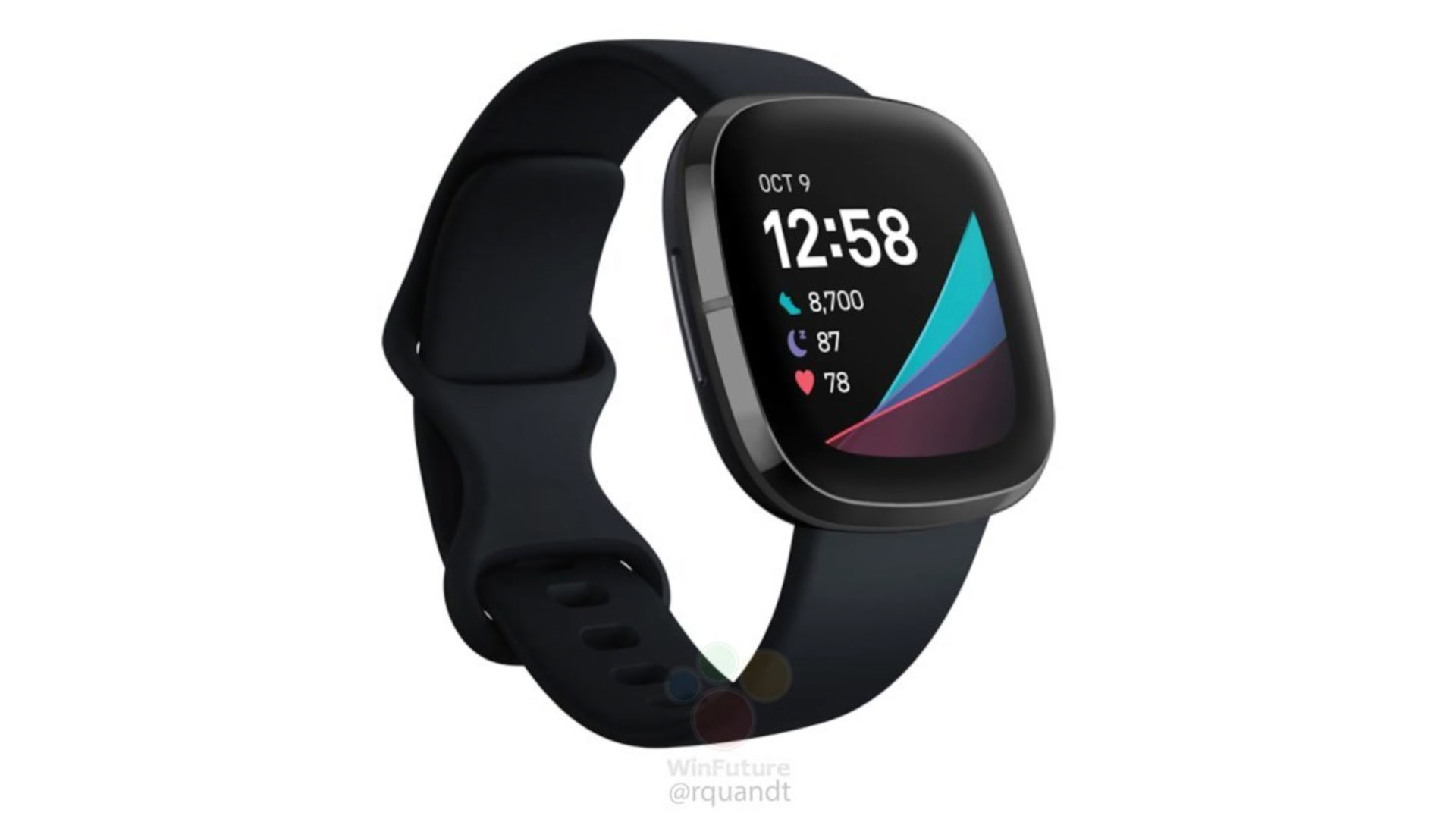Affiliate links on Android Authority may earn us a commission. Learn more.
Google buyer's guide: Everything you need to know about Google hardware
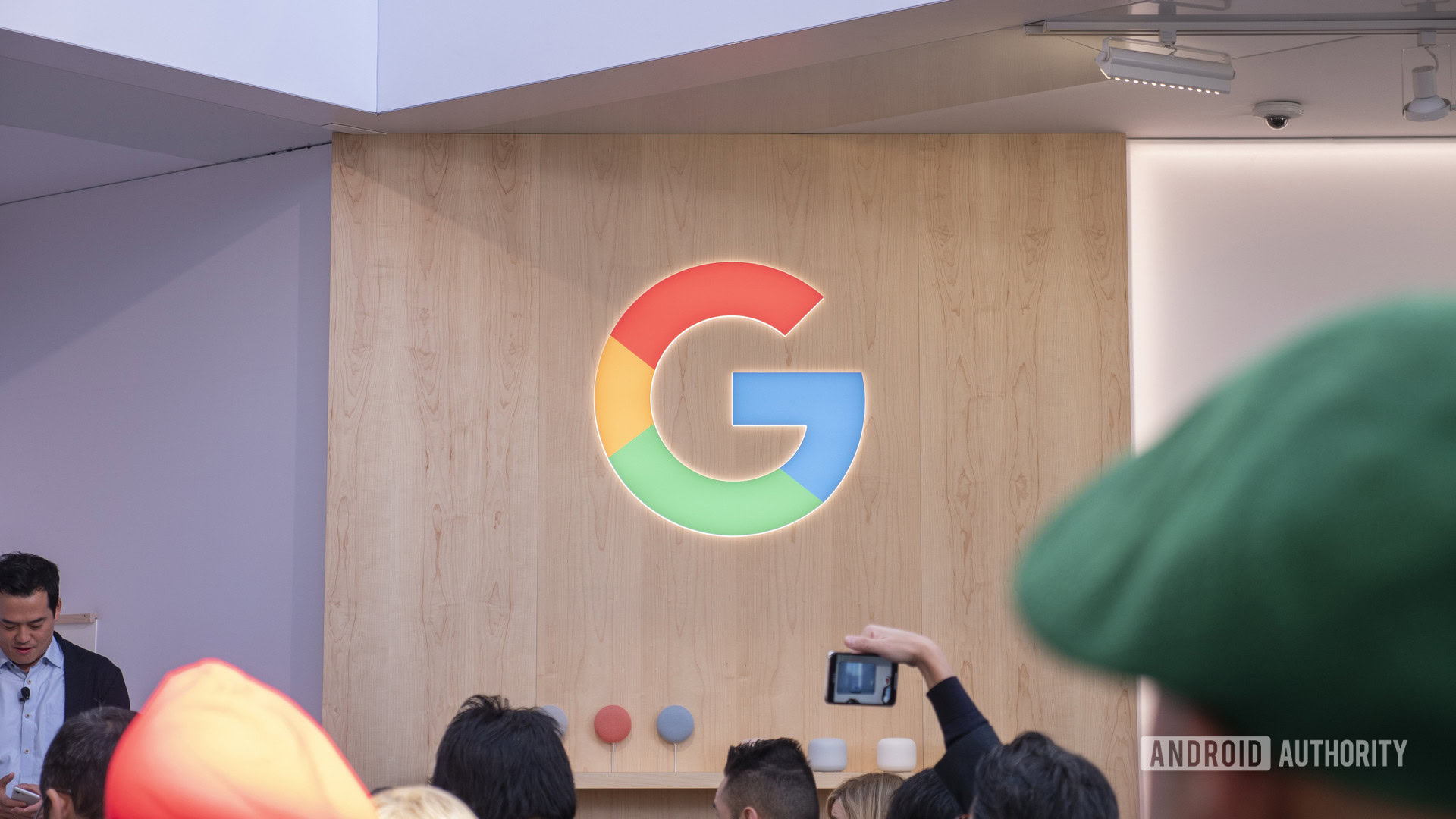
At this point, there are very few people on the planet who don’t know the word Google. The company’s web search product is part of daily life now for billions of people, with even the term “Google it” becoming something we say regularly.
While lots of people know all about the company’s web presence, the hardware products the company offers might confuse some. Between its line of Pixel smartphones, its smart home offerings under its Nest branding, and its latest entries in the audio space, there’s a lot to parse through. This article should help clear up any confusion!
Below, you’ll find all the info you need on the current state of Google hardware. We also include a quick primer on each type of product the company offers, giving special consideration to its Pixel phones (this is Android Authority, after all).
Who is Google?
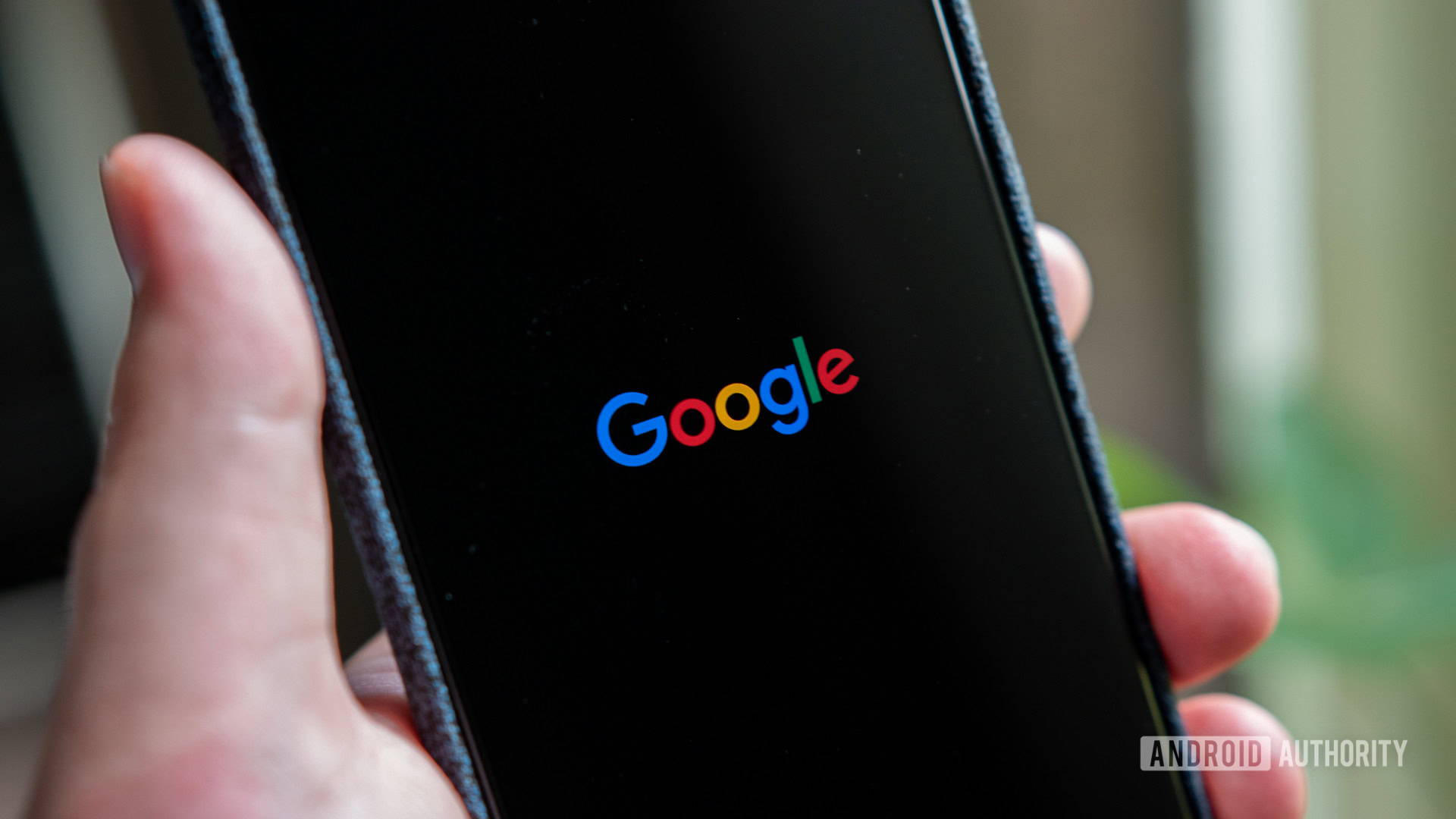
Simply put, Google is one of the biggest and most successful companies in the history of humanity. Starting in 1998, co-founders Larry Page and Sergey Brin rolled out the Google search engine, a simple way to find things on the internet. It was an immediate sensation.
Over time, the company pushed out more software-based services. These include the world’s most popular email platform, Gmail; Google Calendar, the gold standard for online scheduling; Google Maps, which is used by a billion people every month; and Google AdSense, the advertising platform that earns the company the bulk of its revenue.
It wouldn’t be until 2010, though, that Google would roll out its first official hardware product: the Nexus One, an Android-powered smartphone. Co-created with HTC, the Nexus One represented the company’s first big push into the mobile world.
Lots of Nexus-branded phones and tablets would follow, each co-created by Google and another company. It wouldn’t be until 2016, believe it or not, that the company would push out its first bonafide smartphone that it designed and produced itself. This would be known as the Google Pixel, the first entry in the Pixel phone line that still runs today.
Google has produced smartphones for over a decade, but it has many other hardware products as well.
The company has also created laptops that run on its Chrome OS platform, controllers for its cloud gaming service Stadia, home Wi-Fi routers, and media streaming devices. It’s also created a variety of smart home products that now exist under the Nest branding (Nest being a company that Google acquired in 2014 for $3.2 billion).
Although Google will likely always be thought of as a search engine first, its hardware offerings are becoming more popular than ever.
What does Google offer?
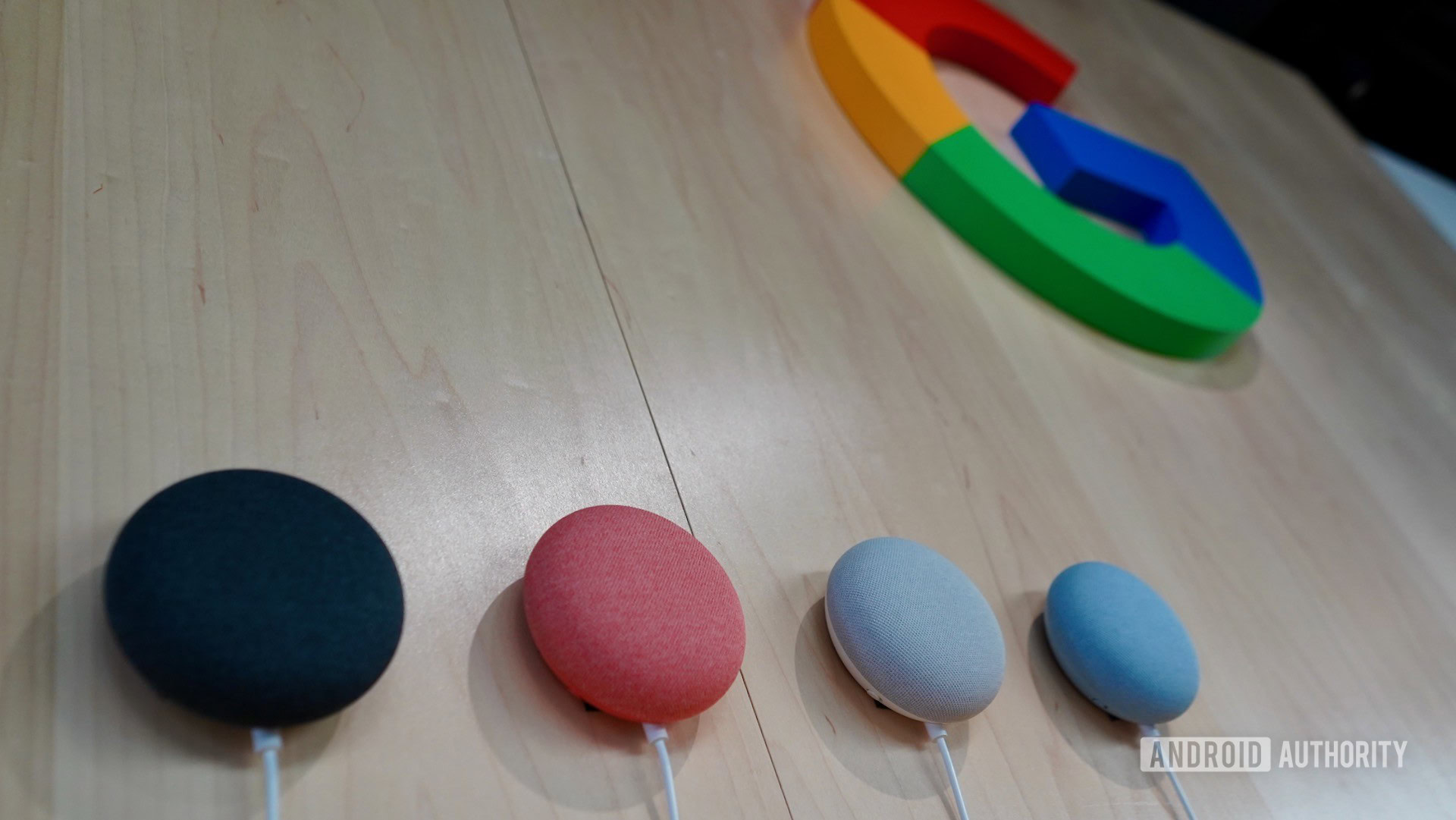
There are a few different categories of Google’s hardware offerings. We’ve broken them down for you below and included descriptions of the latest-and-greatest products within each category. In the next section down, you’ll find a separate listing focused solely on the company’s smartphones.
One thing Google is known for is entering industries with gusto and then exiting shortly thereafter. As such, we are ignoring product categories from the company that are no longer active, such as Daydream (its one and only virtual reality product) and Clips (its short-lived standalone camera device).
Laptops and tablets

Google has released several different laptops and tablets over the years. These devices always run one of the two Google-owned operating systems: Android and Chrome OS. The company has never made a Windows, iOS, or macOS product.
Google’s most recent laptop is the Pixelbook Go from 2019. This iteration of the Pixelbook from 2017 is smaller and cheaper while coming in two new colors: Just Black and Not Pink. Although we suspect there will eventually be a Pixelbook 2, we have no confirmation of when we might see that launch.
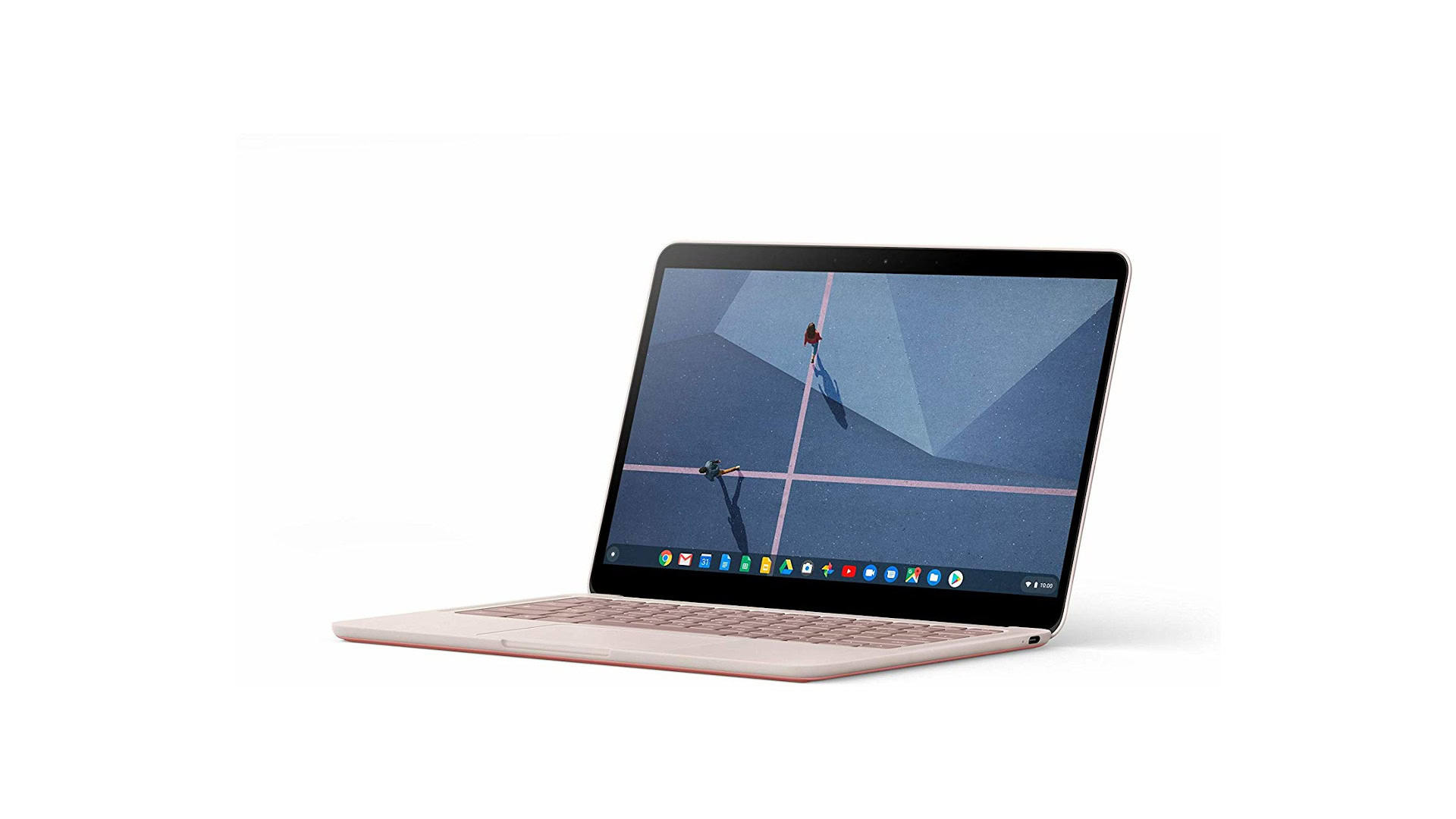
The most recent tablet in the family is the Pixel Slate. Similar to the line of Microsoft Surface 2-in-1 PCs, the Pixel Slate is a Chrome OS-powered tablet that is designed to act as a laptop when connected to the optional keyboard. Unfortunately, Google subsequently exited the tablet market entirely, so the Pixel Slate is expected to be the first and last of its kind.
It has been nearly five years since Google released an Android-powered tablet, but in 2023, the company plans to launch such a tablet, using the Tensor processor used in its latest Pixel phones. It’s never launched an Android-powered laptop. However, most recent Chrome OS devices — including the Pixelbook Go and Pixel Slate — support Android applications.
The Google Nest smart home
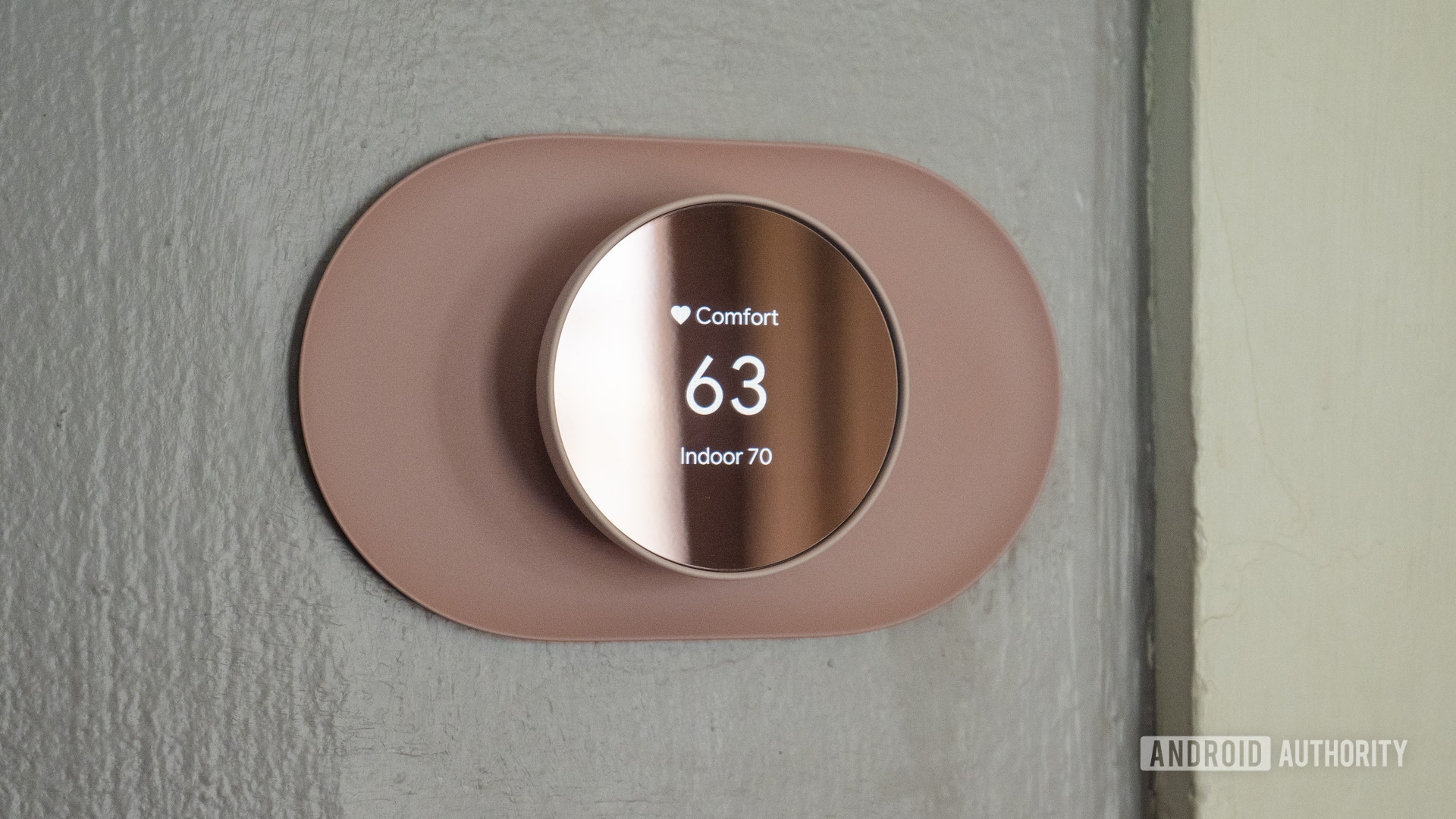
Nest Labs started in 2010 and quickly released its first product: a Wi-Fi-connected learning thermostat. It eventually launched smart smoke/CO2 detectors as well as its first home security camera.
Google bought Nest in 2014. Since then, the company has issued updated versions of the company’s original products while also launching a few new ones. Every Nest product is centered on a few main characteristics: Wi-Fi and internet-connection, integration with Google Assistant, and designed exclusively for in-home use.
In 2021, Google launched the Nest Thermostat, a simpler and cheaper version of the Nest Learning Thermostat. It’s the perfect entry point for people just putting together their smart home.
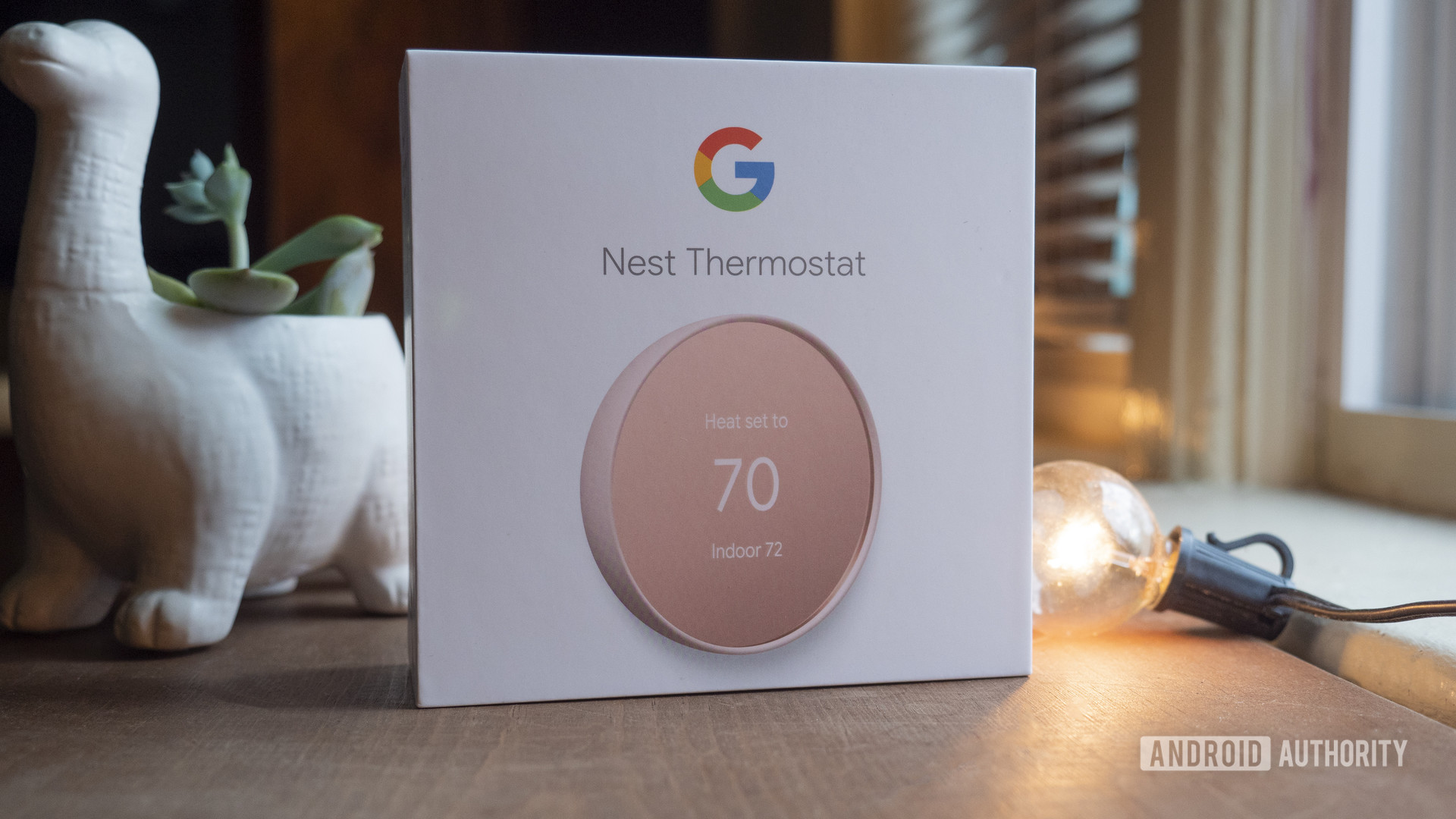
The 2021 iterations of the Nest Cam are the company’s most recent security cameras. It includes the company’s first wireless camera and a brand new totally wireless smart doorbell.
The most famous Nest products, though, are the ones that Google originally released under its own branding. These would be the Google Nest Mini (aka the Home Mini), which is one of the world’s most popular smart speakers. The Google Nest Hub (aka the Home Hub) is a similar product but features a touchscreen display.
Finally, the company offers a mesh router system called Google Nest Wifi. The latest version of this product incorporates the powers of a Nest Mini in the main base.
Fitbit
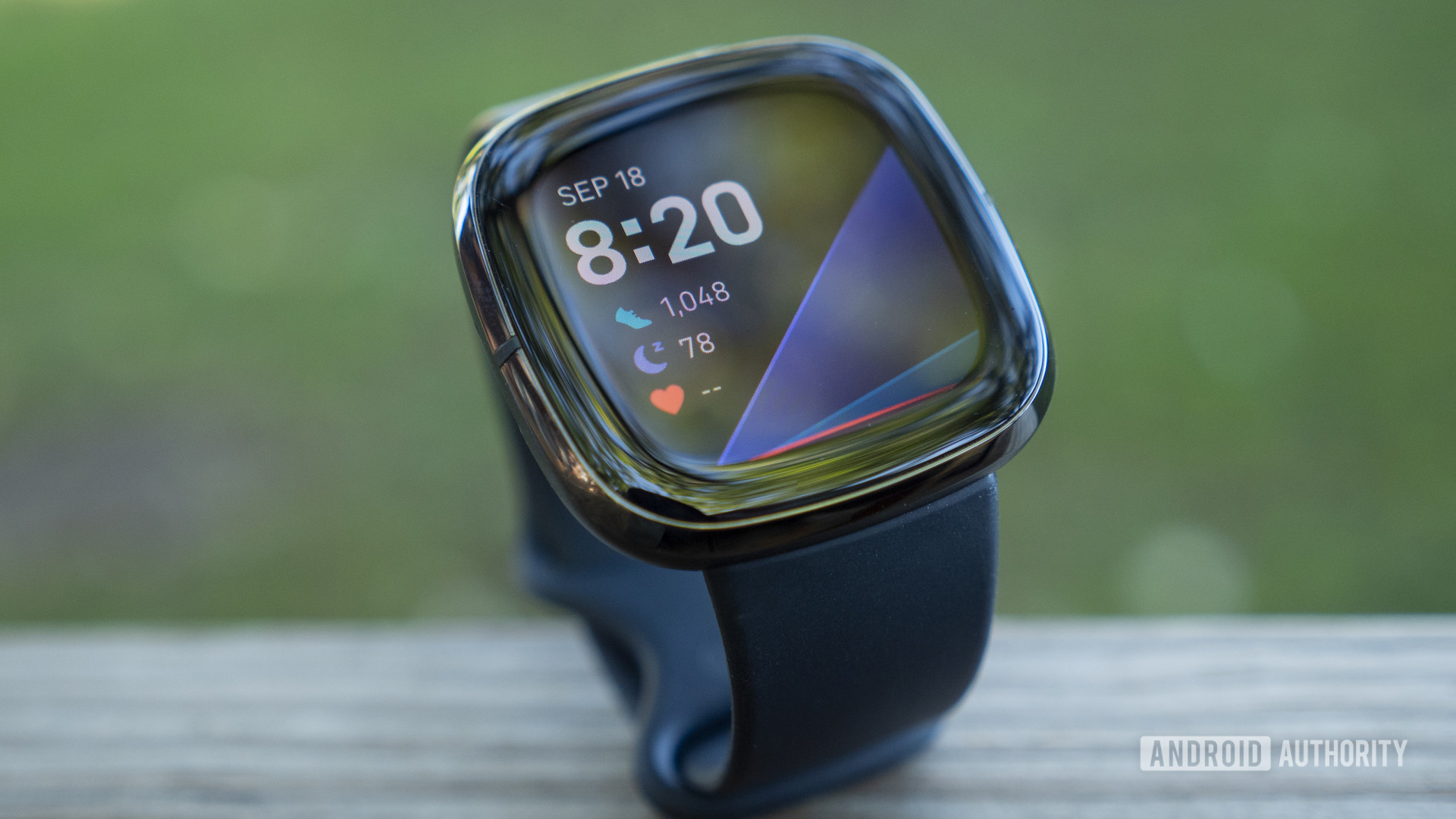
In 2019, Google announced that it intended to buy Fitbit. That deal closed in January 2021. Although some federal regulators still contend the deal is under review, we are confident the deal is official.
This purchase puts all of Fitbit’s current fitness trackers, smartwatches, and other health-focused tech under Google’s umbrella. This also means future Fitbit launches will heavily incorporate Google — even as far as bringing in the new Wear OS 3 operating system, which is a co-creation between Google, Samsung, and Fitbit.
In the meantime, the most recent flagship Fitbit watch is the Fitbit Sense, which ships with Fitbit’s own operating system. However, it does feature lots of Google integration, including Google Assistant voice commands and audible responses.
Google Pixel Watch (coming in late 2022)

In May 2022 at Google I/O, the company finally announced its plans to launch its first in-house smartwatch. The Pixel Watch will have a circular design, a otating digital crown, and support for customizable watch bands. It will have Google’s latest Wear OS software installed, along with Fitbit fitness software. It will be released sometime later in 2022 but no price tag has been revealed.
Gaming and entertainment

At the end of 2019, Google took the wraps off its very first product designed exclusively for gaming: the Google Stadia controller. The controller is designed to be used with the Stadia gaming service, which allows you to play games on Google’s cloud servers. This eliminates the need for you to own a high-end gaming PC or expensive home console, as you can stream a small selection of titles on your TV, laptop, or even your phone.
Related: What is cloud gaming?
Stadia is designed to work best on a TV with Google’s media streaming device, known as a Chromecast. The Chromecast is a small dongle that connects to an HDMI port on your television. Once connected to your home network, you can “cast” media from your phone, tablet, or laptop to the screen. Early Chromecasts did not have a remote — you needed to control it from a separate device, which in most cases is an Android or iOS smartphone.
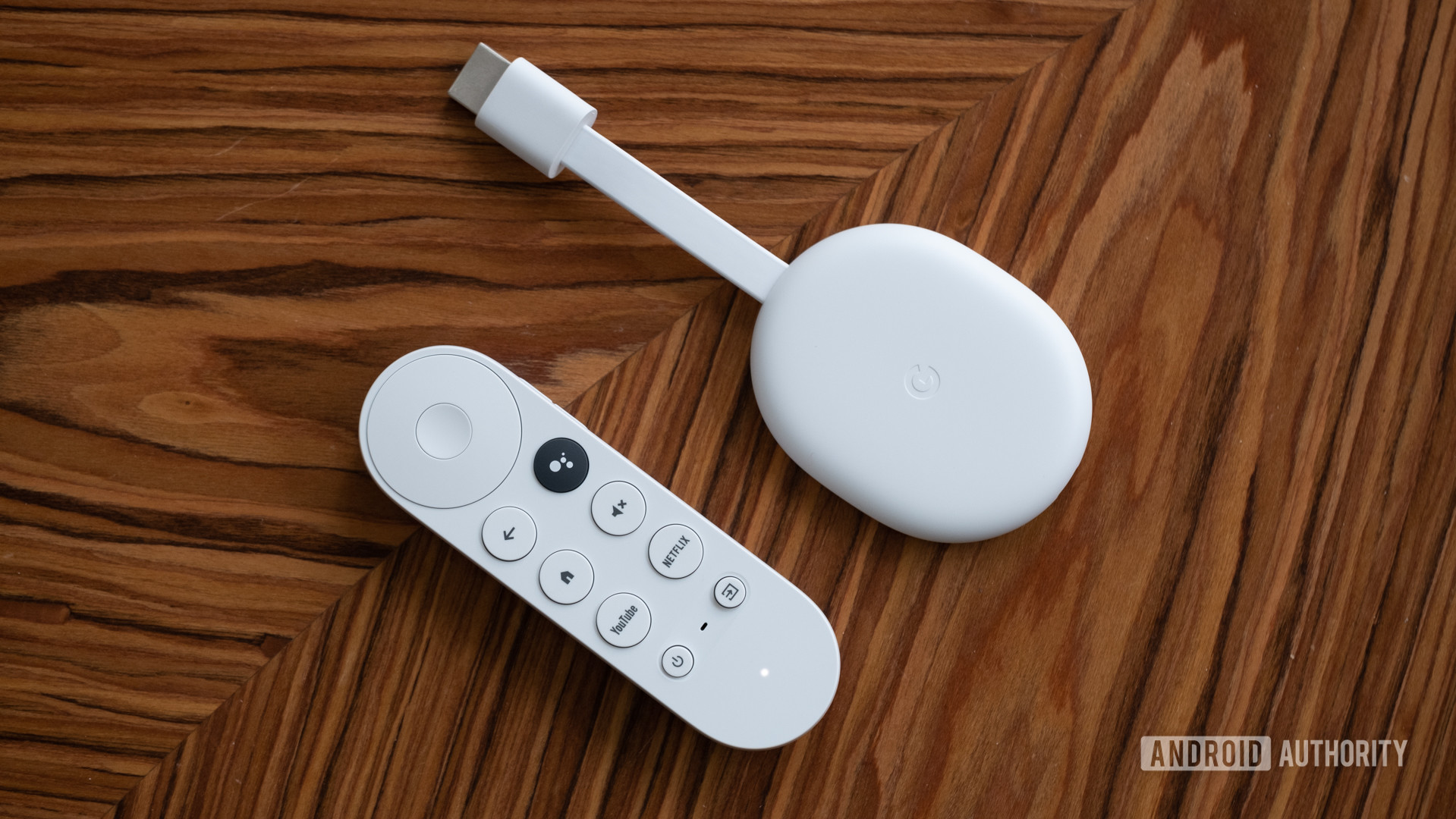
However, in 2020 Google finally launched a Chromecast device that includes a remote: the Chromecast with Google TV. This device is aimed to directly compete with standalone media streamers, such as those from Roku and Amazon Fire TV. As of the end of June 2021, this device also supports Stadia, although it did not launch with this ability.
Audio
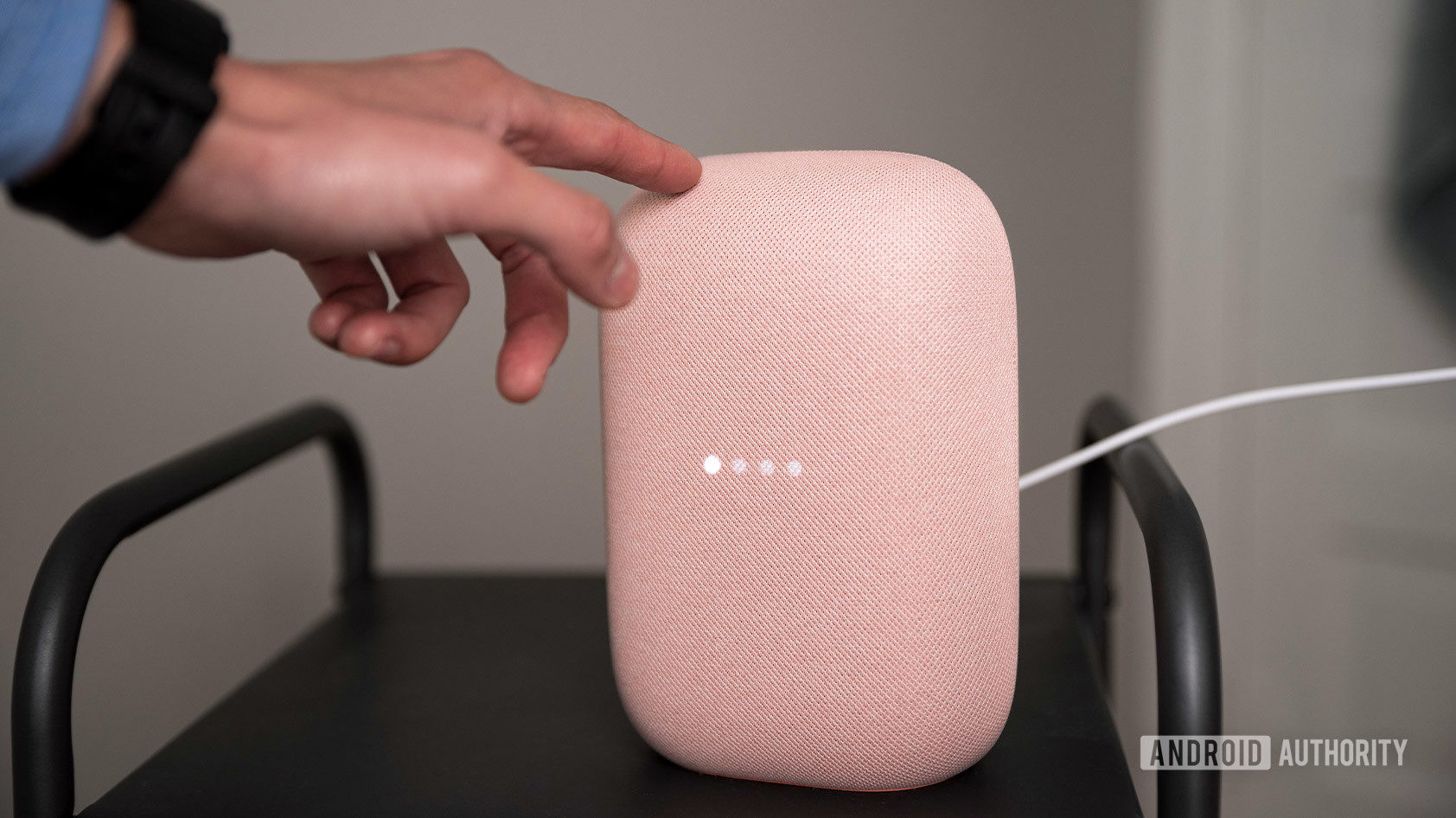
There have been quite a few audio-centric products from Google. We’ve already mentioned the Google Nest Mini smart speaker, but that’s hardly a traditional audio speaker. For better-sounding audio, the company offers the Google Nest Audio. This speaker does everything a Nest Mini does, but offers better sound quality.
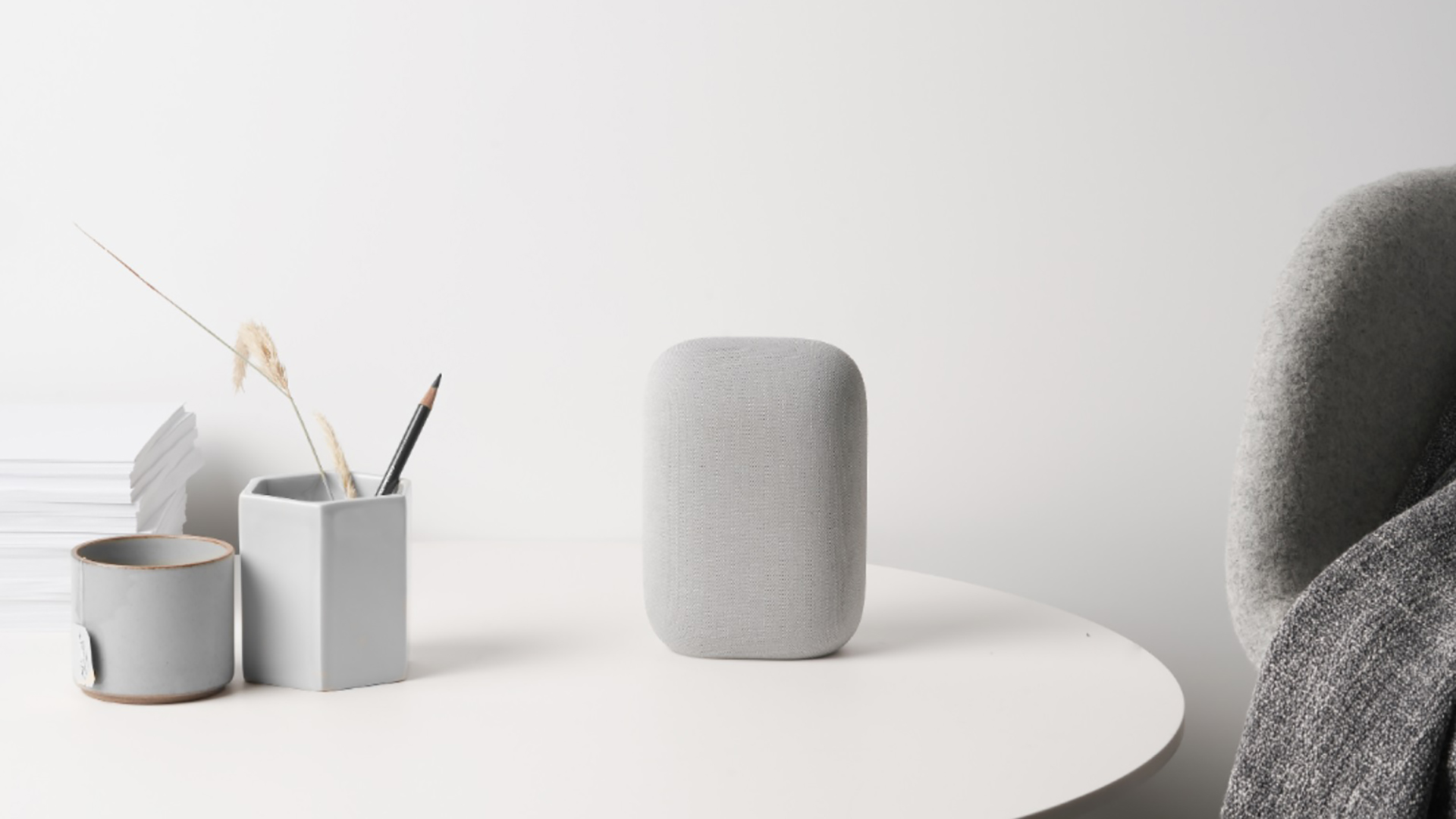
If you need something more robust than even the Nest Audio, there’s the Google Home Max. This is even larger than the Nest Audio and offers premium sound quality. However, that speaker is quite old and will likely be replaced soon with a Nest-branded alternative.
Google also formerly offered a variant of its Chromecast dongle known as Chromecast Audio. It allowed you to cast audio streams to “dumb” speakers you already own. This was a perfect solution for people who wanted a connected home speaker system but didn’t want one of Google’s speakers. Unfortunately, the company has discontinued Chromecast Audio, although you can still find them if you look hard enough and are willing to pay a premium.
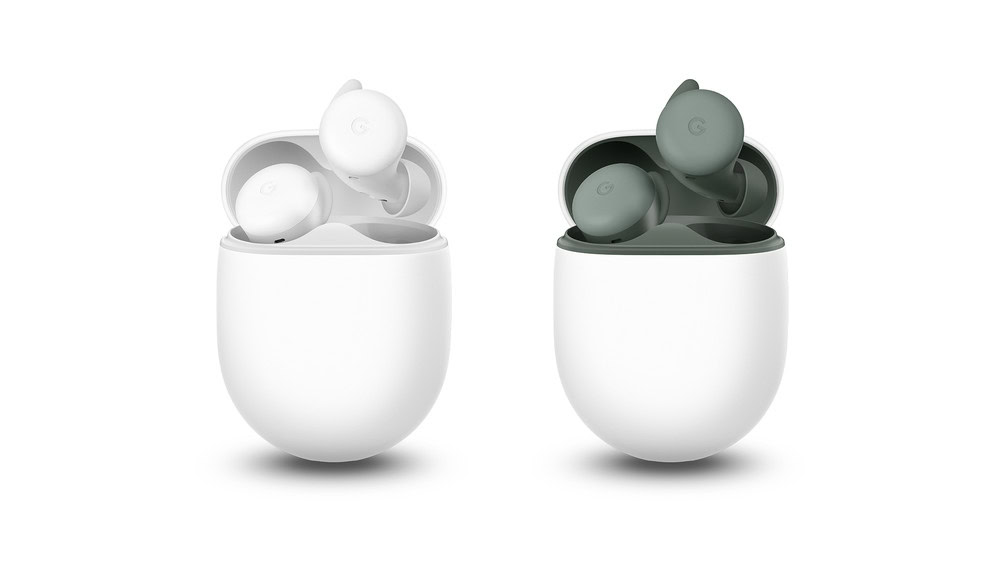
Google also makes wearable audio products, the latest of which is a set of true wireless earbuds called Pixel Buds A. These are a cheaper version of the (now unavailable) second-gen Pixel Buds. These earbud headphones are meant to compete with Apple’s industry-defining AirPods. Unlike AirPods, though, Pixel Buds incorporate Google Assistant heavily, featuring an easy-to-use touch interface and real-time language translation. In June 2022, the company will launch the Pixel Buds Pro wireless earbuds, with more advanced audio hardware, including active noise-cancellation support, for $199.
Google Pixel phones: A breakdown of your options
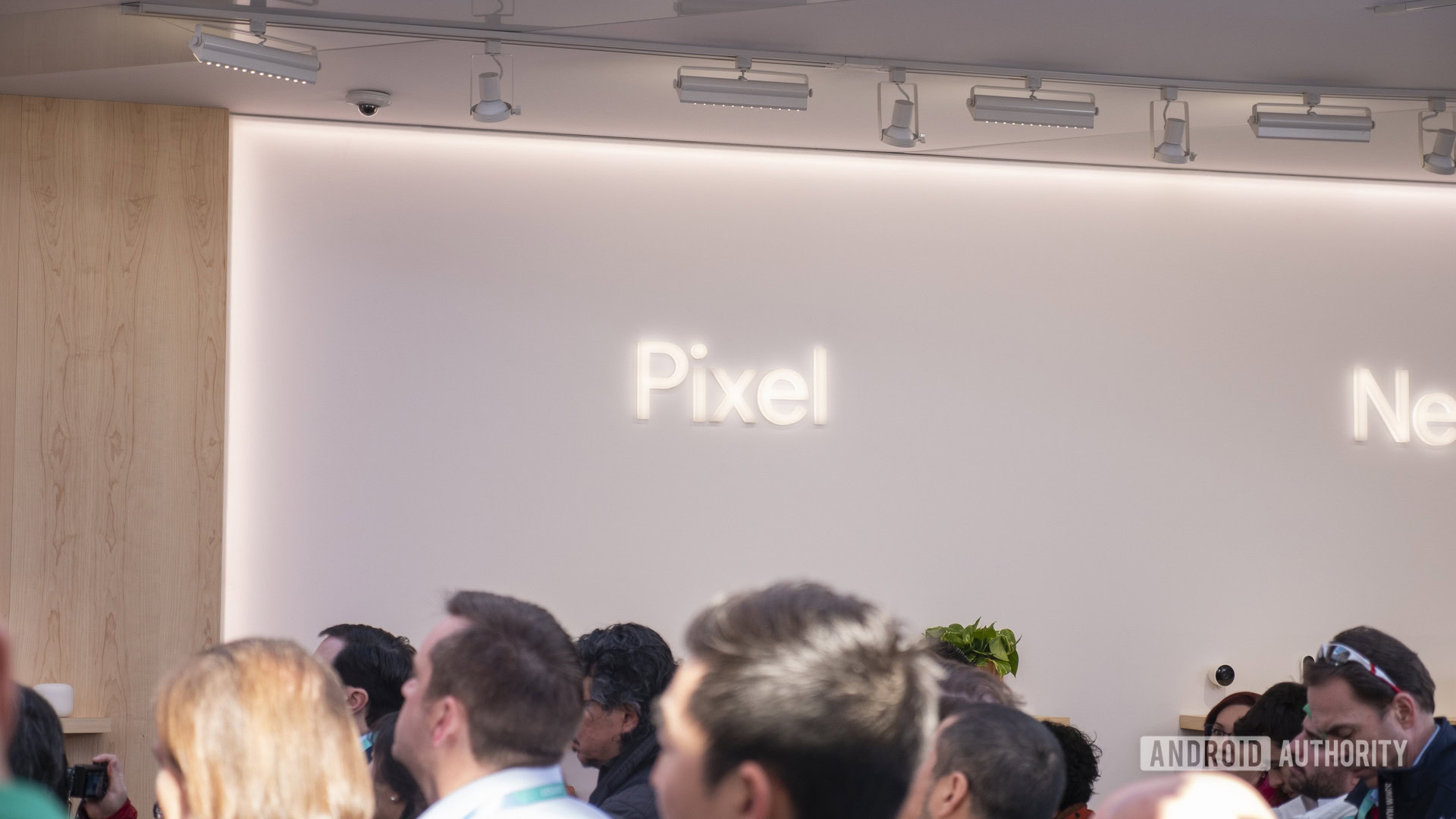
Google’s line of Pixel phones currently come in two varieties: the main numbered series and the “a” series. The numbered series is filled with Google’s flagship smartphones while the “a” series are budget-friendly riffs on the flagship phones with weaker specs and lower prices.
The Pixel line is notable for two major reasons: the camera and Android upgrades. Google’s camera software is some of the best in the industry, and it helps Pixel phones consistently land as one of the best smartphone cameras of each year. Additionally, every phone in the line receives the latest version of Android on the day of its stable launch.
In the past, flagship Pixel phones tended to have lower-grade specs as compared to competitors. Poor battery life was also a consistent complaint across the entire line. However, in 2021, the launch of the Google Pixel 6 series finally changed up Google’s reputation for releasing phones with mediocre hardware.
Here’s the info you need on the two lines.
The flagship numbered series

At first, the flagship numbered series of Pixel phones were all Google offered. Each numbered entry would feature two phones: the “vanilla” phone as well as the larger “XL” variant. This started in 2016 with the Pixel and Pixel XL. Each year afterward, Google launched a new entry in the series. However, that trend ended in 2019 with the Google Pixel 4 and Pixel 4 XL.
In 2020, Google only released one “flagship” phone: the Google Pixel 5. This phone didn’t have the flagship smartphone processor of the year (the Qualcomm Snapdragon 865) — it had the mid-range Snapdragon 765 instead. This made it less powerful than other premium smartphones of 2020, but still enabled 5G connections and kept the phone’s price down.
In 2021, Google completely upended the Pixel line by launching the Google Pixel 6 and Pixel 6 Pro. These phones look very different from all other Pixels launched so far. They also finally have modern flagship hardware. Google also kept the pricing for the phones low, which was a real surprise.
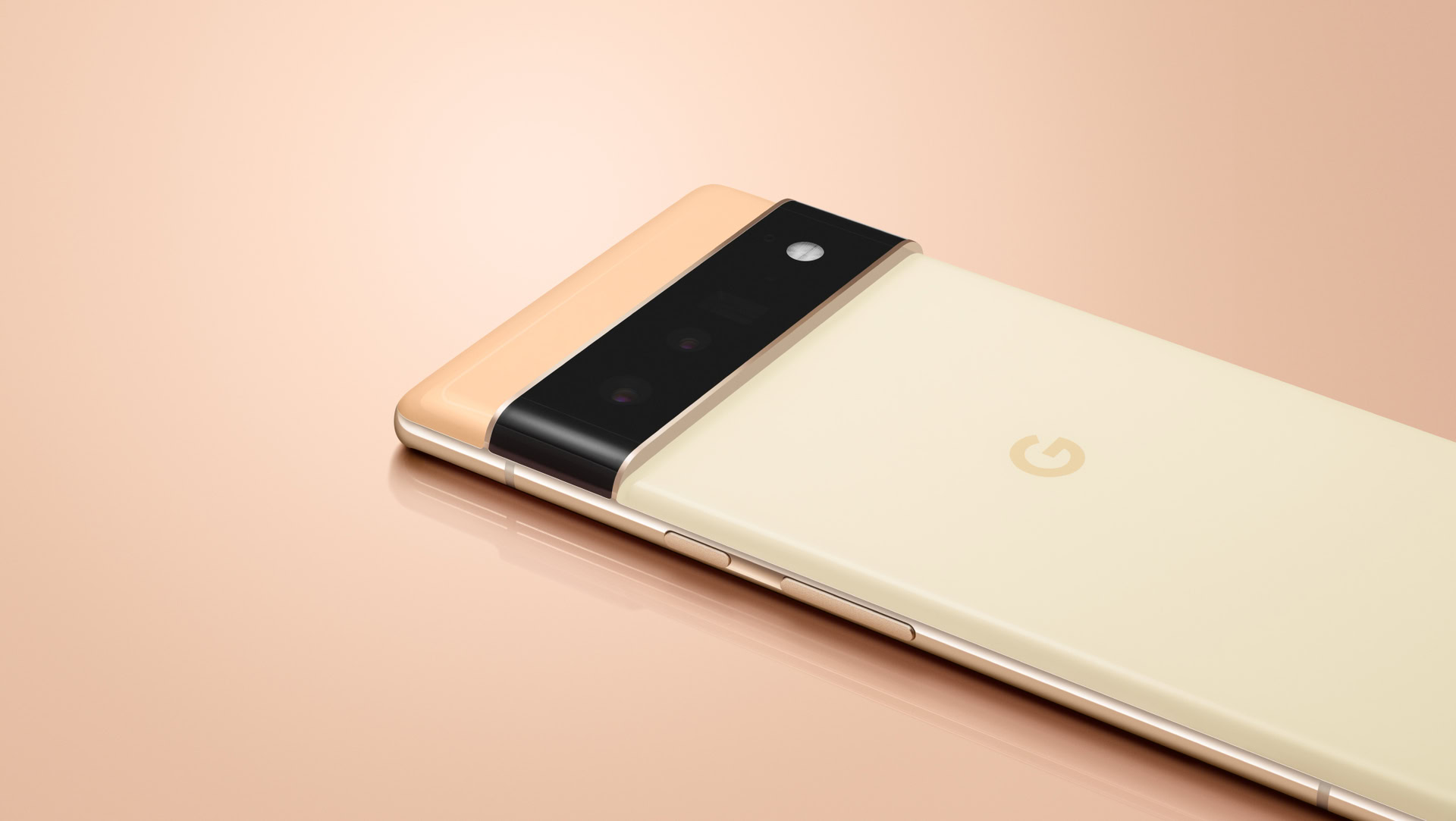
The Pixel 6 series is the latest flagship line from Google. However, the company has already revealed plans to launch the Pixel 7 and Pixel 7 Pro sometime in the fall of 2022. They will have the next generation in-house Tensor processor inside, along with Android 13.
The “a” series
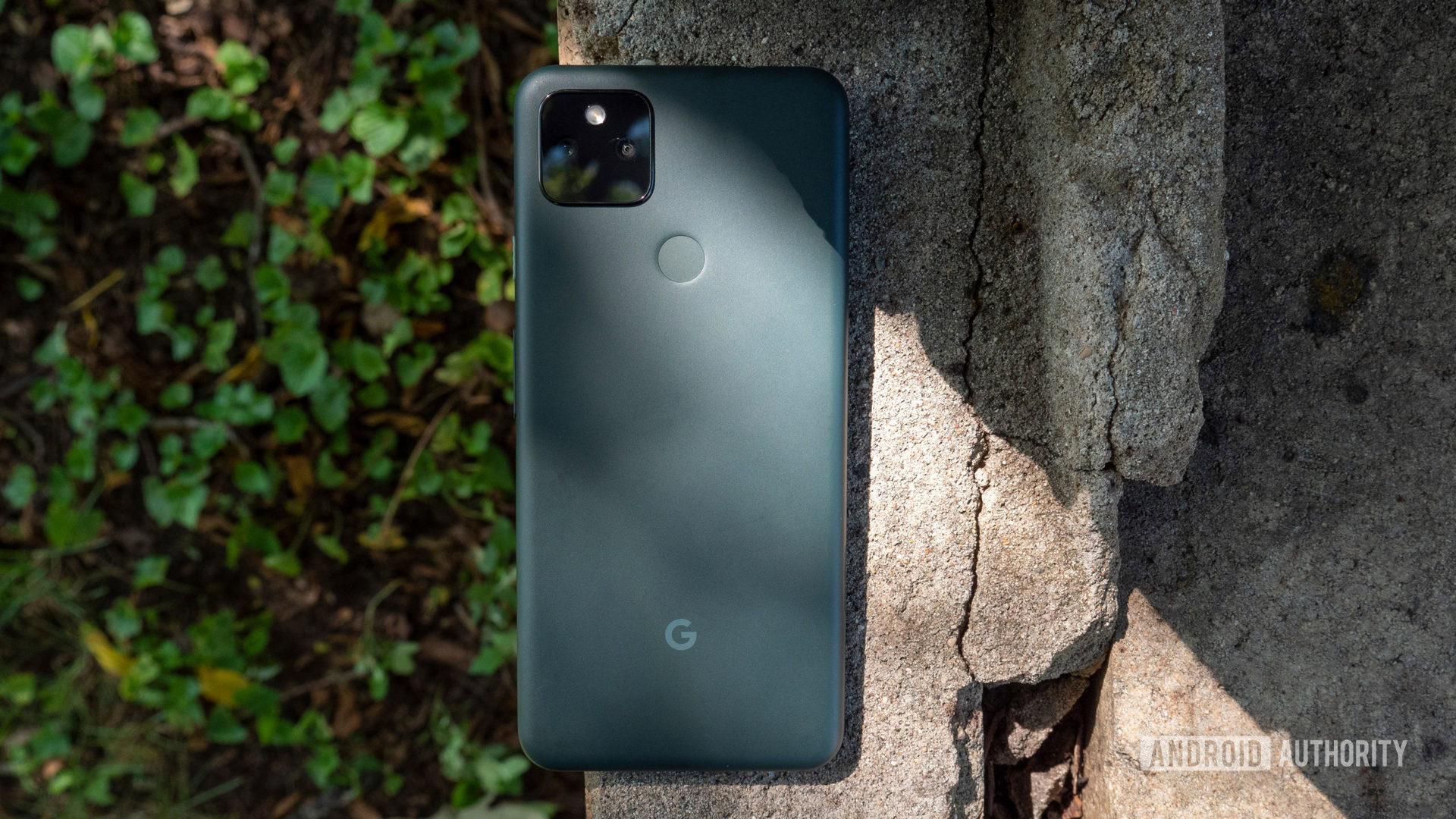
The first “a” series phone from Google was the Google Pixel 3a from 2019. This phone looked similar to the Pixel 3 from 2018 but cut a lot of corners when it came to specs and design. This allowed the phone to have very similar software and camera experiences as the Pixel 3 but cost half as much.
Google released the second entry in this line with the Google Pixel 4a. Like its predecessor, it looks quite a bit like the Pixel 4 with very similar software and camera experiences. However, this time Google increased the overall specs as compared to the Pixel 3a (better processor, more RAM, more storage, etc.) while simultaneously lowering the price to just $349.
The Pixel 4a became one of the best-reviewed phones of 2020 at Android Authority. A 5G version of the phone — simply called the Pixel 4a 5G — launched later in the year for $499.
In 2021, Google launched the Pixel 5a. This phone is almost exactly the same as the Pixel 4a 5G but with a few extra features, most notably an official IP rating. In June 2022, the company will launch the Pixel 6a, the first in the “a” that will use the Tensor processor that are used in the Pixel 6 series phones. It will launch at the price of $449.
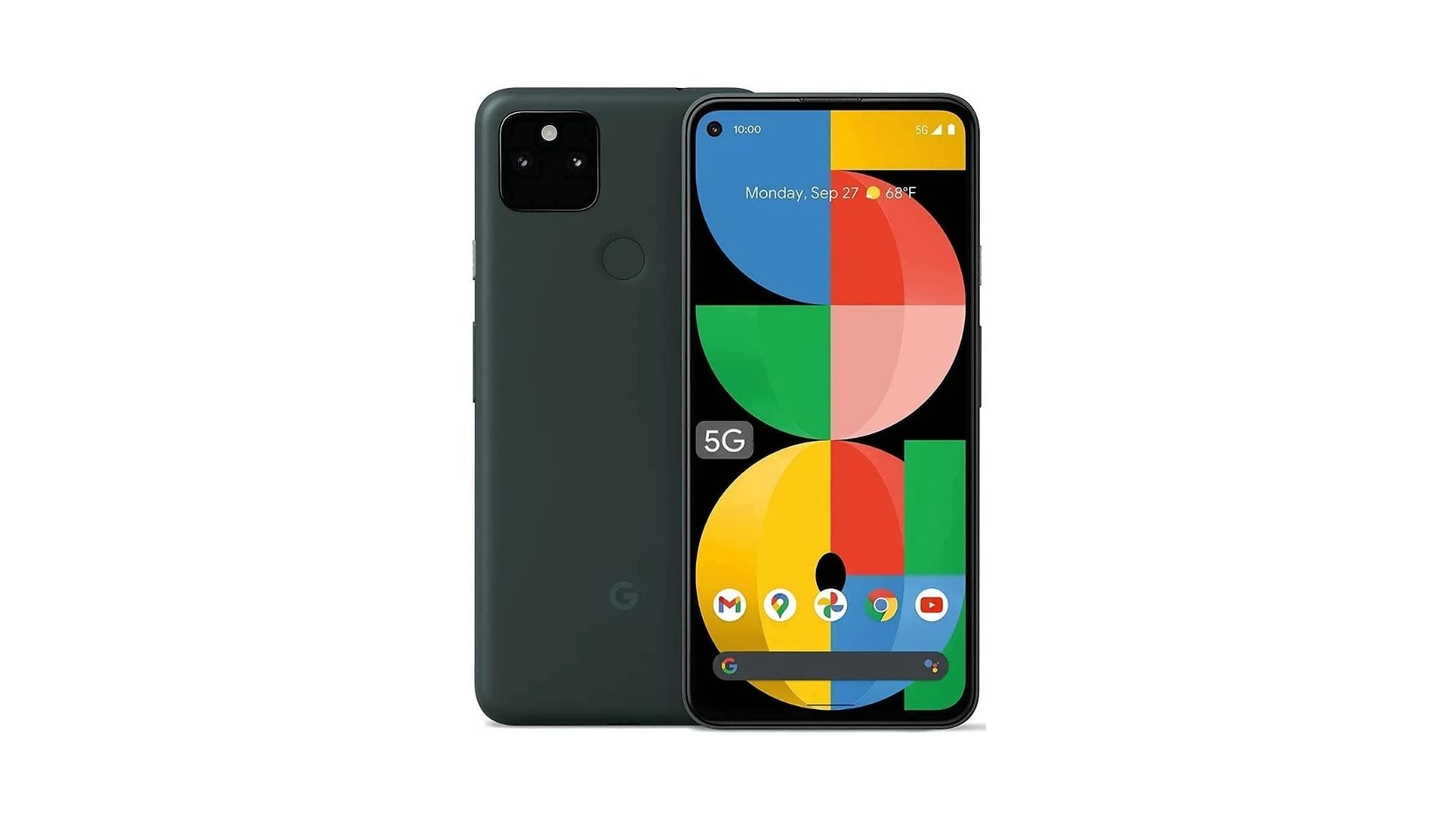
What sets Google apart from competitors?
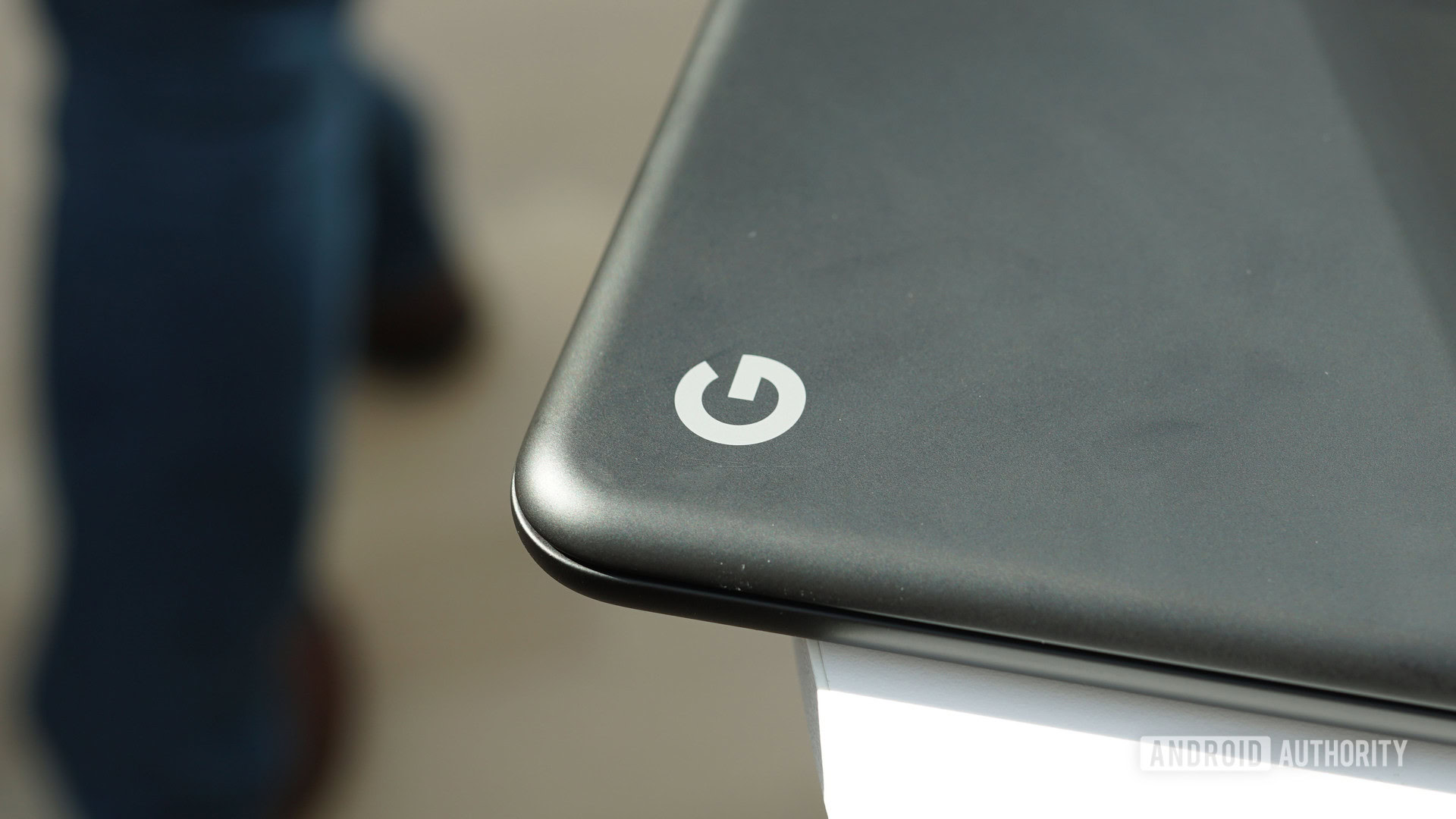
If you’ve used any Google services (and it’s assured everyone reading this has), you already have an idea of what the company’s products “feel” like. That feeling — simplicity, playfulness, and imagination — carries over into the hardware and software designs of all its products. This is something that lots of other companies try to replicate, but Google has mastered.
That being said, there are three specific things that Google incorporates into every hardware product it sells. These are the defining attributes that, when combined, you can’t get from any other brand or product.
Integration with all things Google
Obviously, it makes perfect sense for Google hardware to heavily incorporate its software. For example, when you turn on an Android device for the first time, you enter in your Gmail information. This connects your new phone or tablet to your entire Google life, just like magic.
Related: How to set up a new Google account on your Android device
Google integration could mean making it so all your photos are instantly available on your new smart display, or not needing you to train your new smart speaker on how your voice sounds. This deep connection with the company’s wider ecosystem is a major aspect of why competitor products come up short.
In a way, this is not unlike Apple’s ecosystem, another “addictive” aspect to that company’s products. Once you’re integrated, it’s hard to not be integrated anymore, and this keeps consumers coming back again and again.
Software as a solution
Since Google started as a software company, it shouldn’t be surprising to learn that the company approaches nearly every problem from the software side of things. If Google needs to make a smartphone camera better, it doesn’t introduce a new camera sensor — it creates a new algorithm to process photos in better ways. If its Pixel Buds headphones don’t sound as good as they could, it will push out a software update to make them sound clearer.
Google has never met a problem it didn't think software could fix.
Now, this can come back to bite Google in certain cases. For example, Pixel phones have been historically dinged for having awful battery life. One would assume Google would have seen this problem and put bigger batteries in Pixel phones. Unfortunately, for years it mostly tried to use software to make small batteries work better instead, with dubious results. Thankfully, this was fixed in 2021 with the latest crop of Pixel phones.
Still, Google’s approach to software being the solution for everything is overall a good thing as it ensures your Google hardware purchase will consistently get better over time.
First-access to new features and updates
As mentioned earlier, one of the defining attributes of Google Pixel phones is that they receive the latest version of Android faster than pretty much every other phone. While this is true, it doesn’t only apply to Pixel phones.
Google’s line of Chromebooks — especially the original Pixelbook — have received new updates and features much faster and for longer periods of time than some competitors. People who owned the Chromecast Ultra eventually received an update that allowed full integration with Stadia, allowing them to try the service without needing to purchase any additional hardware.
Since Google is making the software that runs its hardware, you don’t need to worry about your device becoming obsolete and forgotten after a year. The company has a pretty good track record of keeping its existing products going (even if it simultaneously has a poor track record of killing off hardware experiments after only a short time).
Google Assistant: The glue holding everything together
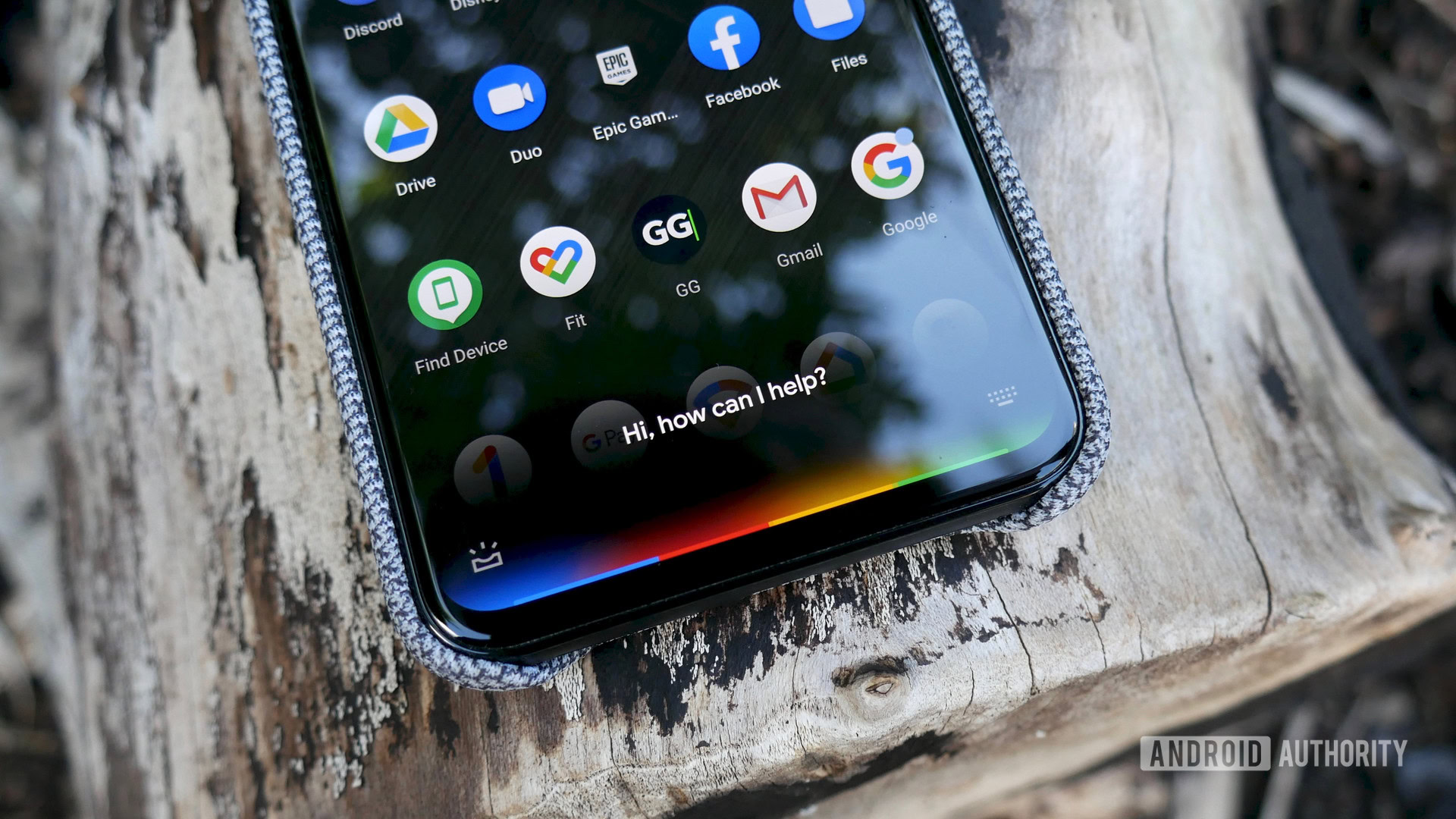
By now, you’ve quickly realized that Google has a footprint in a lot of different industries. However, everything is tied together by Google Assistant, the company’s AI-powered digital assistant.
Although Assistant came out years after Apple’s Siri and Amazon’s Alexa, Google’s knack for nailing software saved the day. Now, Assistant is frequently heralded as the best digital assistant on the market, with faster, more accurate, and more capable responses and actions than Siri or Alexa.
Pretty much every piece of Google hardware you buy will either come with Assistant onboard or work with Assistant in some capacity. What’s more, flagship products from Google — especially its line of Pixel phones — will often get new updates for Assistant before any other product.
While Search is still the company’s cash cow, the company is betting big that the future of the internet will revolve around AI and voice commands. That’s why Assistant is such a top priority and why you’ll find it in every one of its products.
Competitors you might want to consider
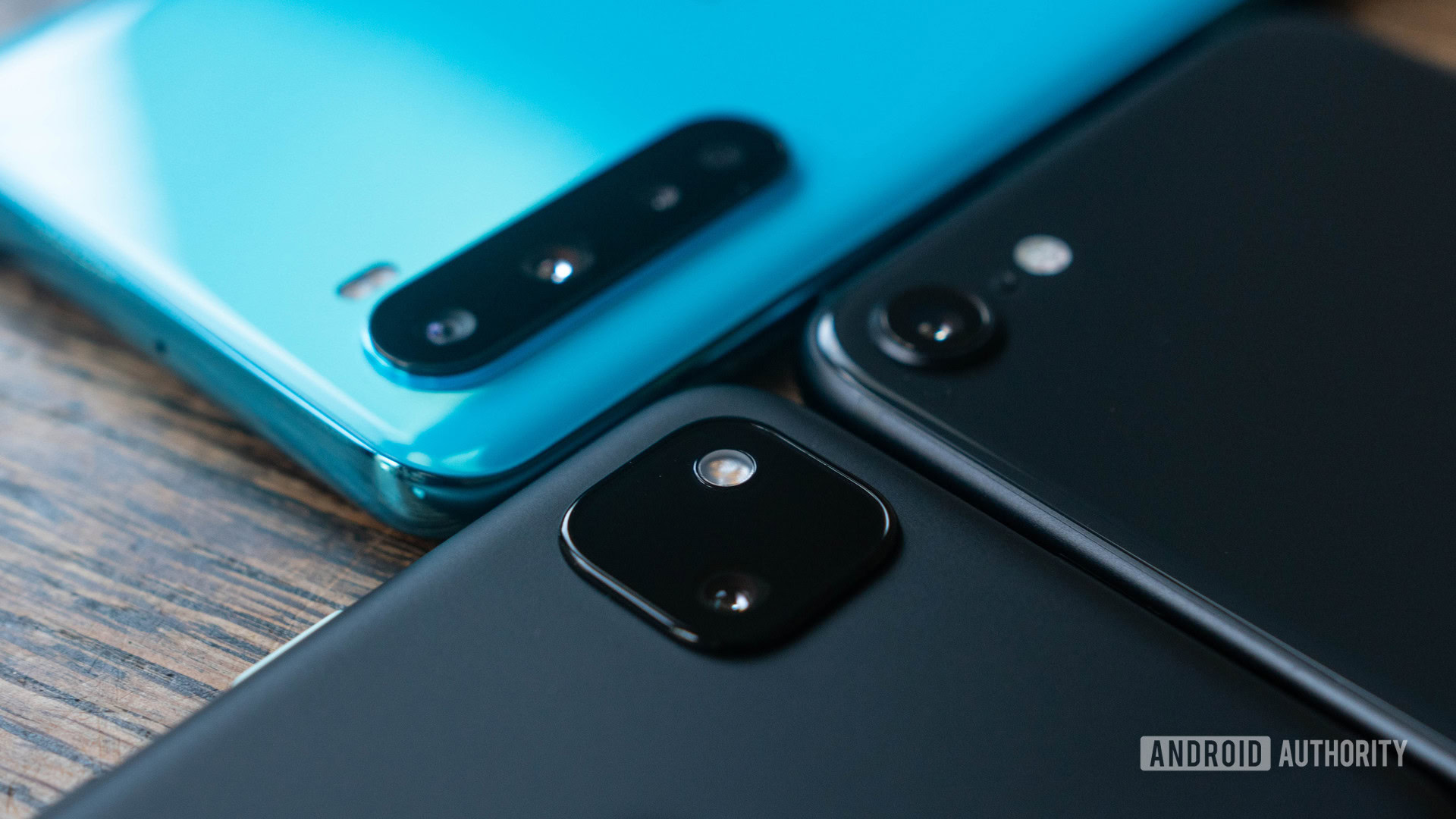
Google is obviously a massive company. One would think it doesn’t have many competitors, and if you’re talking specifically about internet searches, you’d be absolutely right. However, when it comes to hardware, the company has plenty of competition.
Smartphones
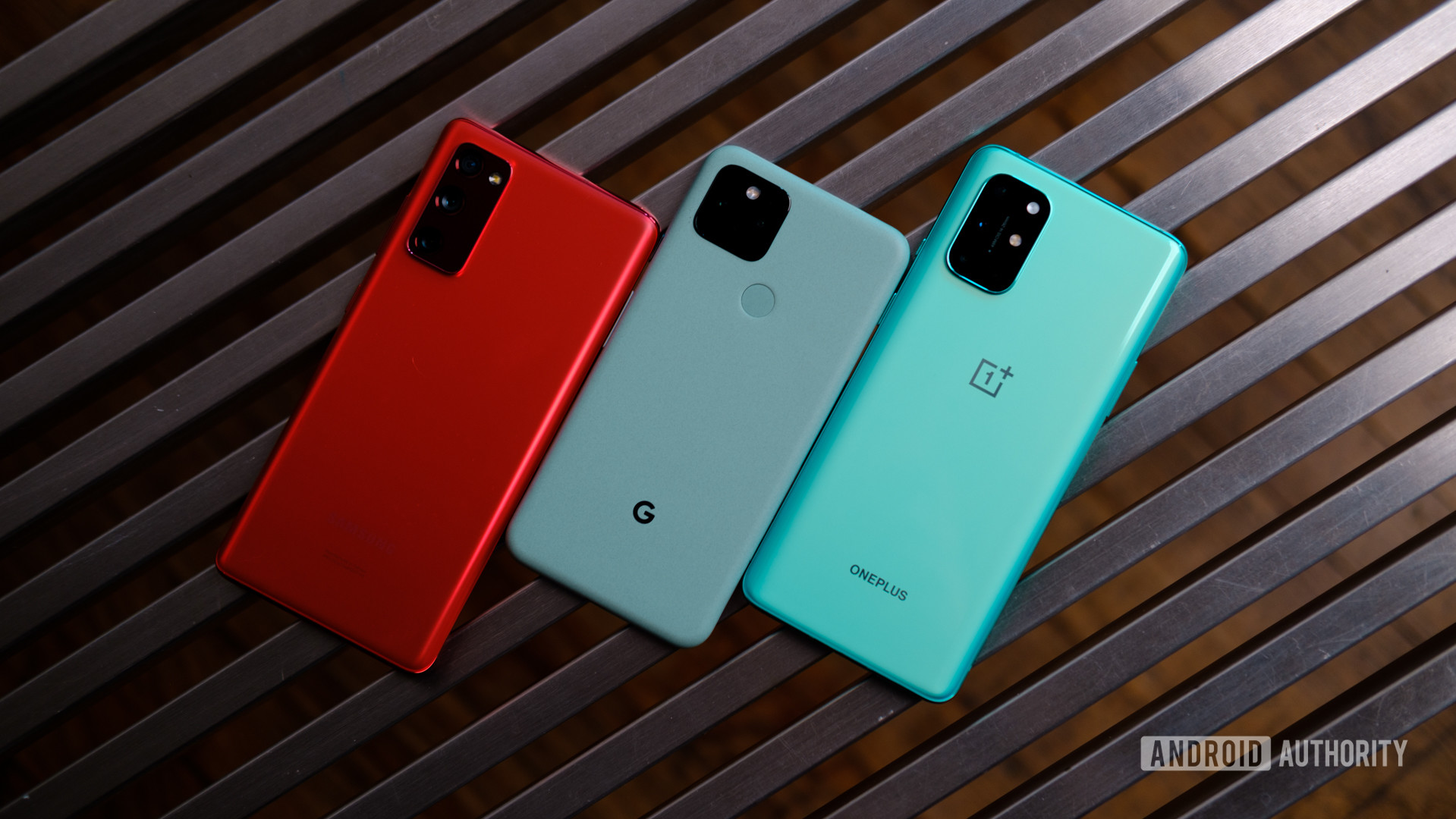
Despite its status as one of history’s most successful companies, Google has never been able to crack the top ten smartphone manufacturers in the world. This is due to a variety of factors, such as limited worldwide availability, relatively high prices, and so-so reviews.
The two biggest strengths Google has in the smartphone space are its cameras and software. However, other companies are creating some terrific camera systems, including Samsung, Xiaomi, and even OnePlus. Samsung is also issuing Android updates at an incredibly fast pace now, sometimes even beating Google when it comes to the latest Android security patch.
Ultimately, though, Google’s primary competitor is Apple. Apple’s ecosystem revolves around the iPhone, its star product. Google has been chasing the idea of having Pixels be the iPhone of the Android world, but it hasn’t even come close to replicating Apple’s success, especially here in the United States.
If you are in the market for a new smartphone and don’t want a Pixel (or an iPhone), the next closest thing to a Pixel experience would likely be a Samsung phone.
Laptops and tablets
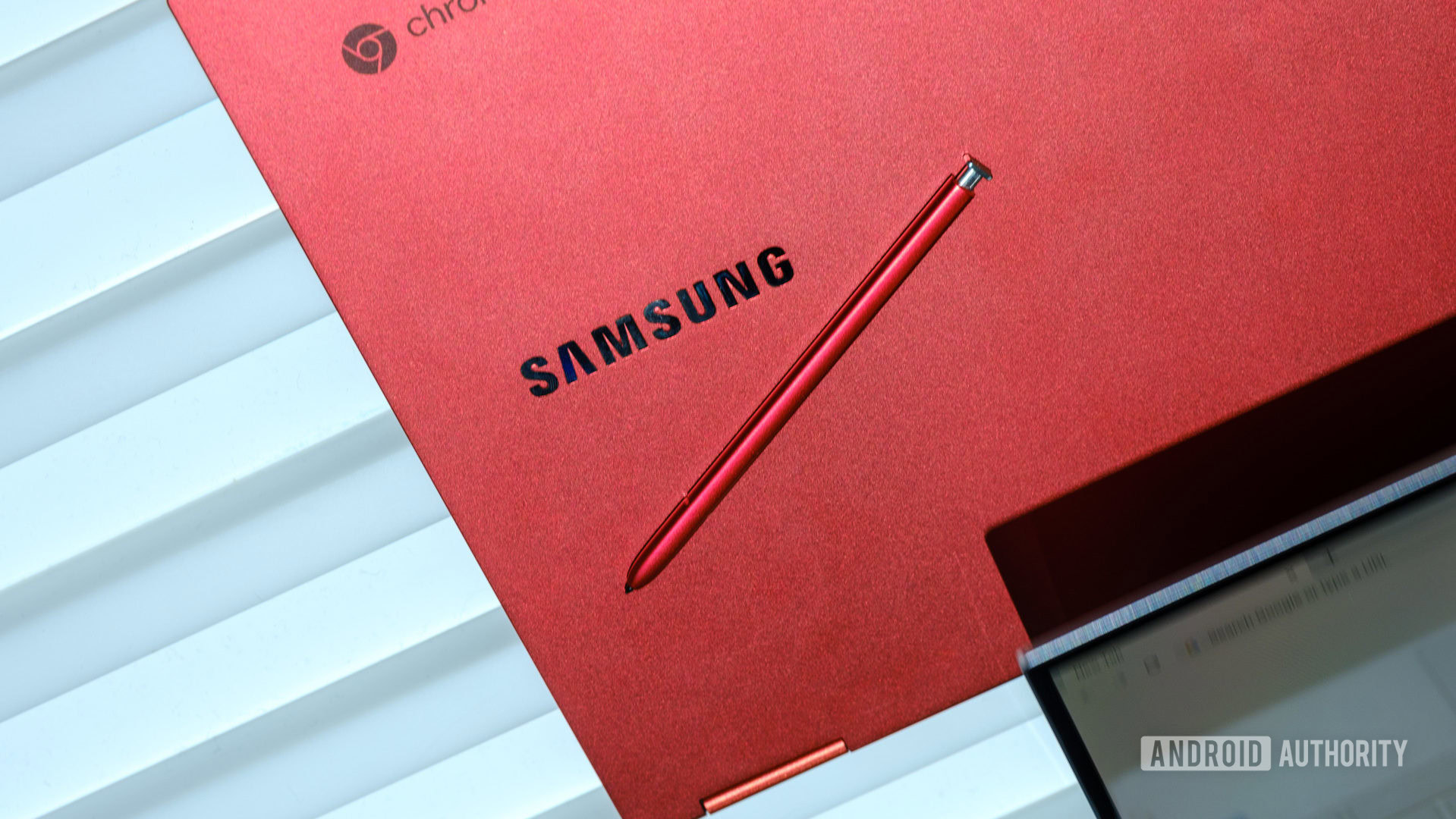
As stated earlier, Google currently only makes Chrome OS-powered laptops and tablets. As such, if you want something with Windows or macOS, you can’t even consider Google.
However, Chromebooks have come a long way. If you had written off Chrome OS years ago, it’s really worth a second look, as it might be able to do everything you need a laptop to do.
Regardless, Google’s Chrome OS hardware is usually on the high-end scale, so its biggest competitor in that space is Samsung. A Samsung Chromebook will also (usually) have decent specs and premium construction. Obviously, Chrome OS systems from both Google and Samsung end up being pretty expensive.
If you don’t want a premium Chromebook, ASUS makes some high-quality budget systems. They won’t be as nice as a Google machine, but they’ll get the job done.
Smart home
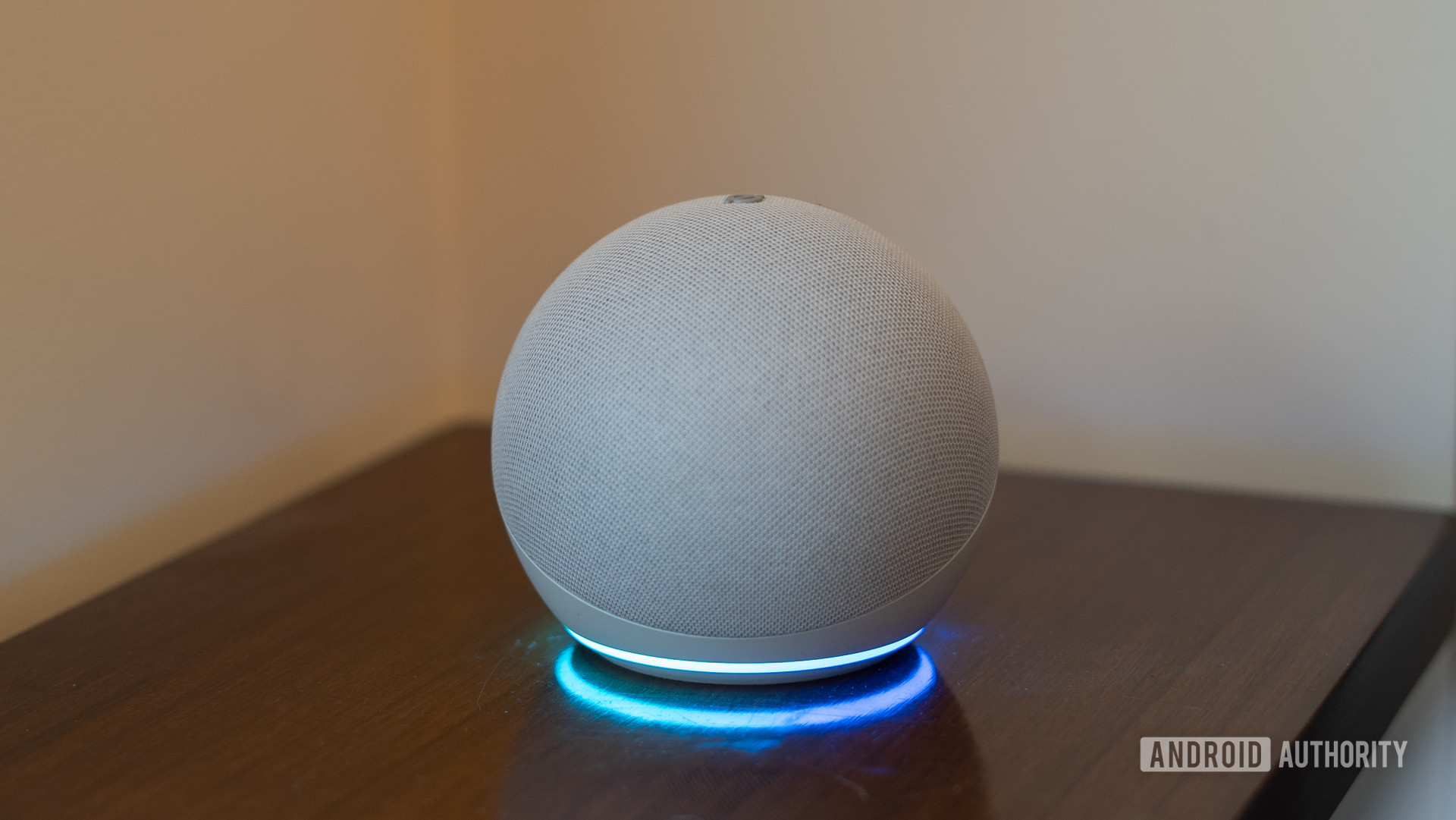
By far, Google’s biggest competitor in the smart home space is Amazon. For every product that Google or Nest releases, Amazon has one or more comparable products that are usually less expensive.
Of course, Amazon-made products won’t have Google Assistant. Ultimately, your decisions in the smart home space will be totally dependent on the digital assistant with which you are attached. If you love Assistant, then Google- and Nest-branded products are what you want. If you would rather go with Alexa (or don’t have any preference), Amazon products will work well — and likely save you some cash.
Gaming and entertainment
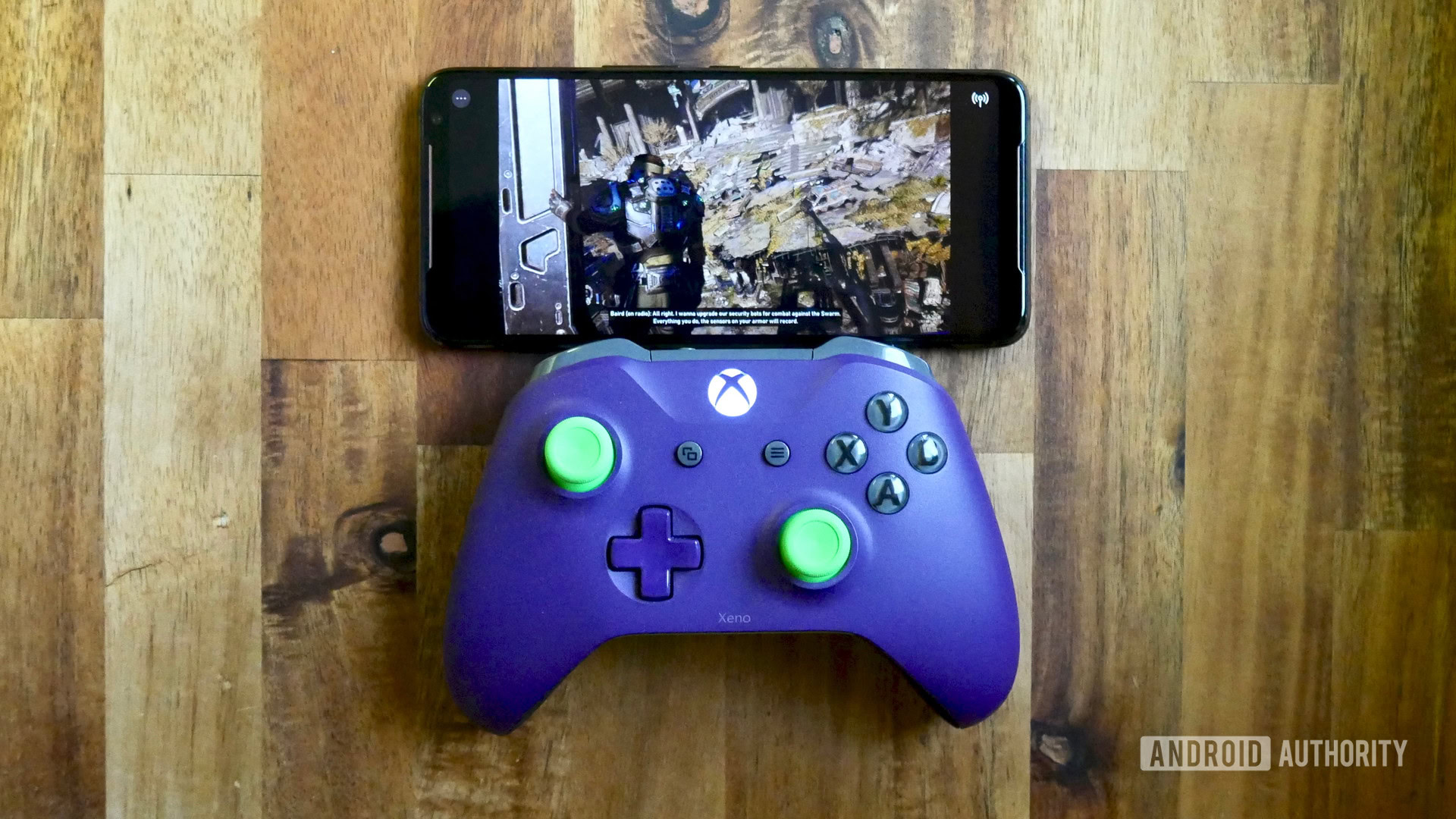
Google is very late to the gaming party. Its Stadia service is on the cusp of the supposed cloud gaming revolution, yes, but there are many, many other players that already have a huge stake in the overall industry. As such, you can’t compare Stadia to an Xbox, PlayStation, or Nintendo Switch. Stadia can only be fairly compared to other cloud-based services.
Of course, there are a few of those that go up against Stadia. Microsoft offers game streaming (formerly called Microsoft xCloud) but incorporates everything it offers into one monthly fee under Xbox Game Pass Ultimate. That makes it much more like a “Netflix of games” than Stadia is. Stadia requires you to buy each game a la carte, just as you would on a platform like Steam.
Related: Cloud gaming is the future (whether you like it or not)
NVIDIA GeForce Now is another competitor to Stadia. GeForce Now allows you to stream games from the cloud that you’ve already purchased on Steam, making it an attractive option for established gamers. There is a free tier, but it limits gameplay to just one-hour sessions. Streaming performance is also slightly worse than Stadia.
Finally, Amazon just got into the cloud gaming industry with Luna. It is another Netflix-for-games option with a smaller library. This is really new, but anything Amazon does Google needs to take seriously.
Outside of gaming, Google’s newest Chromecast competes with set-top boxes such as Roku and Amazon Fire TV. Reviews for this new streamer are very positive, but it will be tricky for anyone to overtake the massive market lead Roku has in the US.
Audio
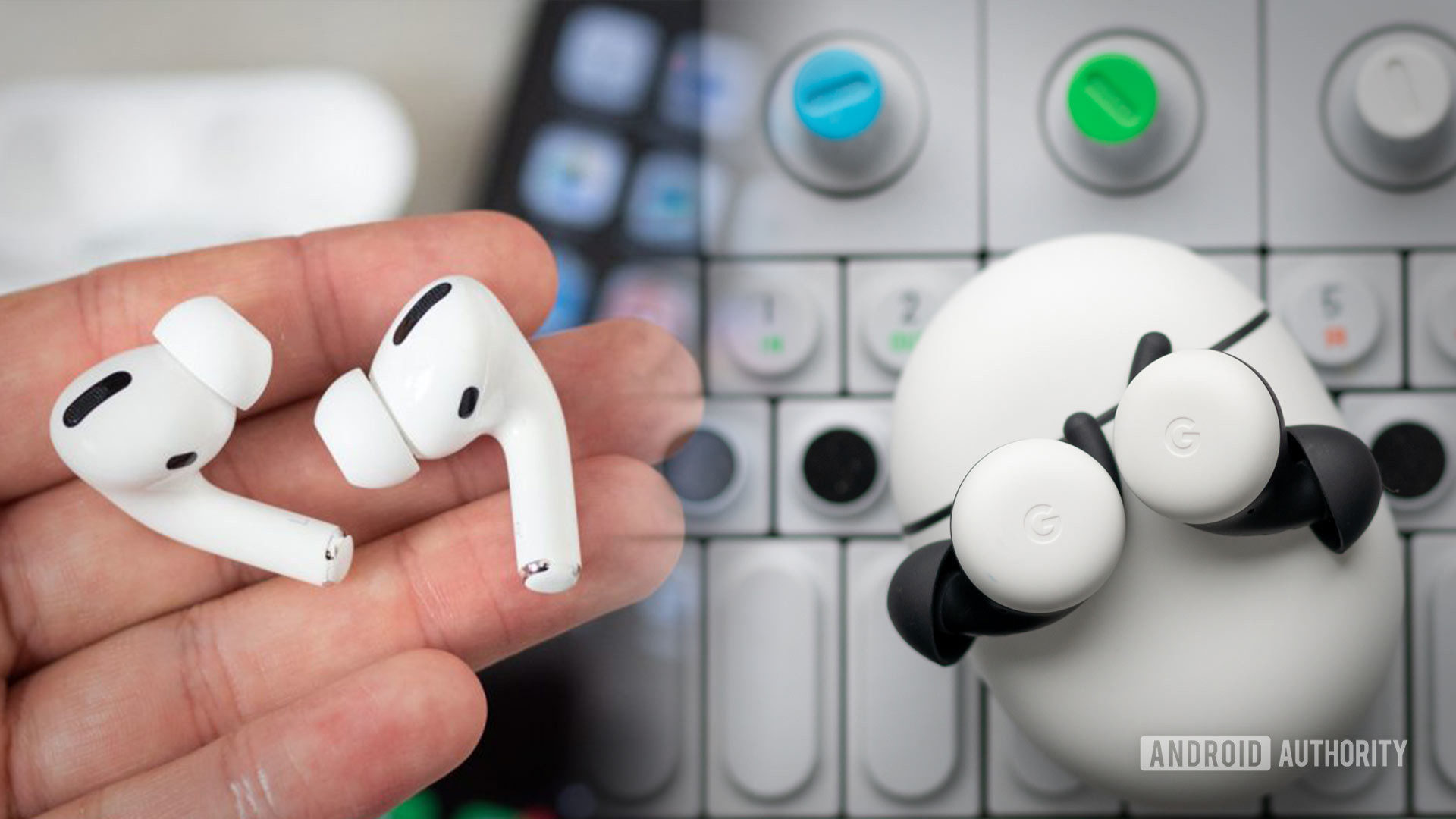
The biggest competitor to Pixel Buds (and all true wireless earbuds) is Apple and its line of AirPods. However, some AirPods features don’t work with Android devices, so it becomes a relatively easy buying decision: if you have an iPhone, buy AirPods, and if you have an Android phone, buy Pixel Buds.
Of course, there are literally hundreds of other models of true wireless earbuds out there. Samsung, OnePlus, HUAWEI, Sony, and many other companies have high-end earbuds that offer many of the same features as Pixel Buds. We have plenty of tips on buying great earbuds here.
The greatest moments in Google’s hardware history
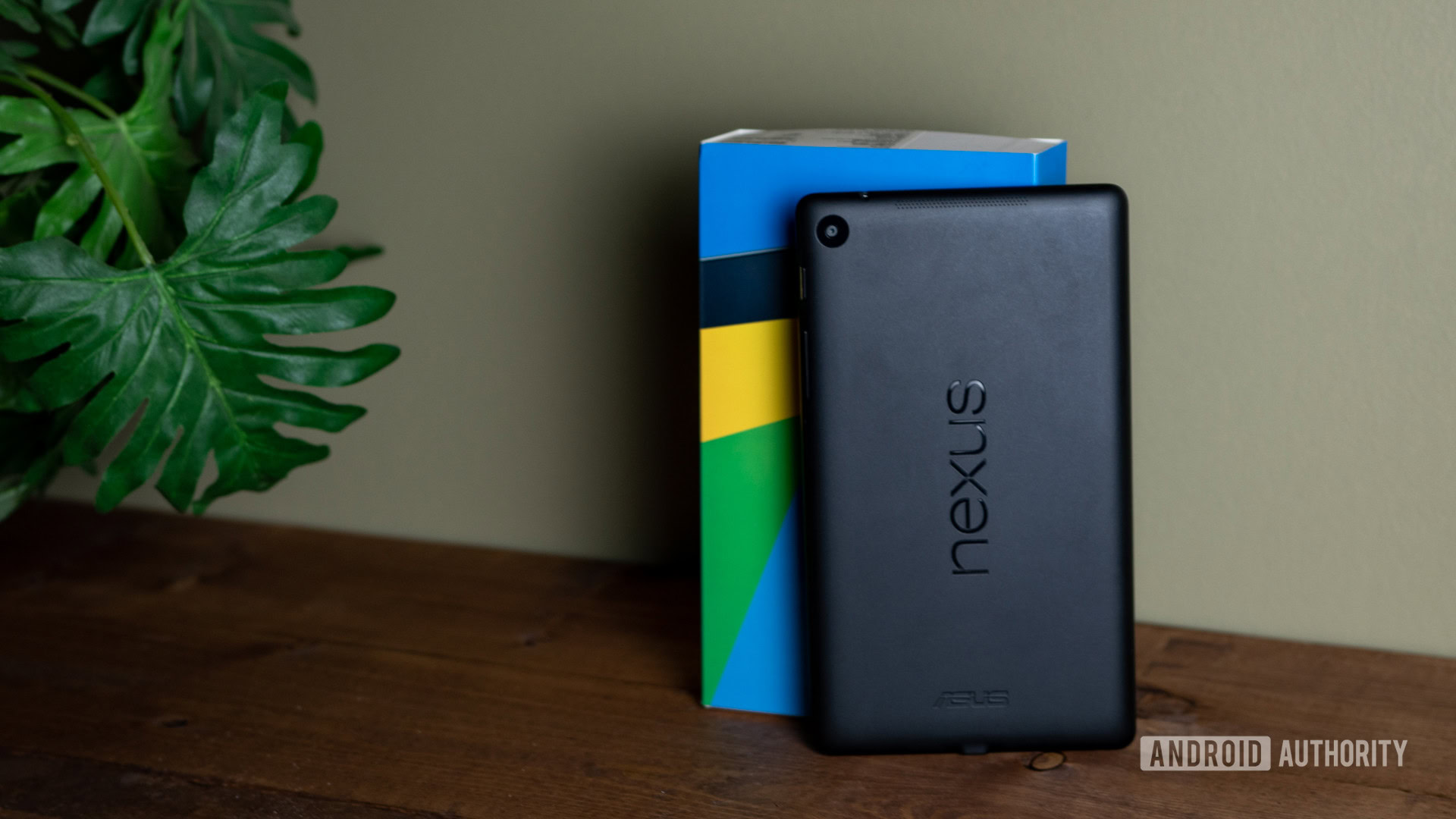
Google is often swinging for the fences and then coming up short. However, the company has had more than a few solid hits in its time. Below, you’ll find the four times the company has totally nailed a product or hardware-related development.
Launch of the Nexus line
In 2010, Google had only just recently purchased the Android operating system. Several Android-powered phones were already on the market and doing very well, but Google didn’t have anything that was distinctly its own.
Enter the Nexus line, beginning with the first phone in the series, aptly called the Google Nexus One. The phone was designed by Google but manufactured by HTC. Unlike other Android phones, it came with a close-to-stock experience, unburdened by carrier bloatware or software skins designed by manufacturers.
Nexus phones also (mostly) received updates directly from Google, and had unlockable bootloaders to encourage developers to tinker with the phones. The company would go on to create over a dozen Nexus devices, including phones, tablets, and even a media streaming player that was ahead of its time.
The Nexus line is remembered as containing some of Android’s best-ever phones, including the Samsung Galaxy Nexus, the Nexus 5, and the Nexus 6P. The Nexus 7 is also fondly remembered as one of the first Android tablets to truly rival the Apple iPad Mini and the Amazon Kindle Fire.
Google Home Mini
As mentioned earlier in this post, Google is betting big that AI-powered digital assistants are the future. When it formally launched Google Assistant, it was mostly relegated to specific apps, certain Pixel phones, and the one smart speaker the company had at the time, the $100 Google Home.
As far as mass adoption goes, there probably isn't a Google hardware product as successful as the Google Home Mini.
In 2017, though, Google launched the Home Mini, an unbelievably inexpensive smart speaker that brought Assistant to pretty much anyone. At certain points, the company was literally giving the device away. The strategy helped Google Assistant gobble up market share. It now accounts for around 43% of the overall market, dwarfing Amazon’s Alexa, which had a multi-year head start.
Nest purchase
For a company of its size, Google doesn’t have too many high-profile hardware acquisitions under its belt. Obviously, a few of its software and services acquisitions have been huge — YouTube, Android, and Waze being some of the biggest. In the hardware space, though, the best acquisition in its roster would probably be Nest Labs.
Related: The best Google Nest Home apps to maximize your experience
Google had intentions of entering the smart home space, and buying Nest for $3.2 billion put it on the map immediately. This helped pave the way for the Google Home Mini mentioned earlier, as well as the Home Hub (which became the Nest Hub).
Granted, there are plenty of things about the acquisition that haven’t gone smoothly. Google’s slow and clunky transition of Nest-branded products to Google-branded products hasn’t been exemplary, and Google’s reputation as a data-mining privacy black hole might turn away some buyers. The core purchase, though, has likely been lucrative for the company as the smart home industry has only grown and likely will continue to grow over the next decade.
Google Pixel 3a
It would be hard to have Pixel die-hards agree on the best Pixel phone of all time, but few would argue that the Pixel 3a is likely the most important. Google proved over the years that it didn’t really understand the premium smartphone market. High-end Pixels were usually overpriced for what they were and featured uncompetitive specs.
The Pixel 3a was the first time Google understood its strengths — and its weaknesses — and incorporated that knowledge into the design of the product. There were no flashy features, no crazy future-forward tech gambles, no high-end production costs. The Pixel 3a was a simple phone with great software, a great camera, and a great price. Period.
Of course, the launch of the Pixel 6 series has changed the tide for Google in the premium phone space. Time will tell if its mastery of the budget sector will continue.
The not-so-great moments in Google’s hardware history
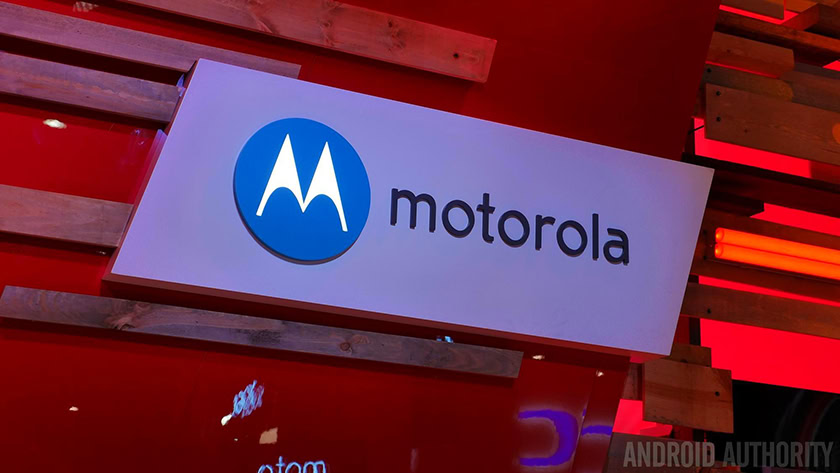
Once again, Google tends to swing for the fences with its hardware division, and that invariably leads to lots of failures. Below, you’ll find the four saddest parts of Google’s hardware history.
End of the Nexus line
In 2016, Google revealed the Pixel and Pixel XL, its first completely self-made smartphones. When Google revealed the phones, the Google Nexus 6P — co-created with HUAWEI — was about a year old but still available in stores. Naturally, the question quickly came up of what would happen to the Nexus line now that the Pixel line existed.
Related: Seven years after the Nexus 7, what happened to Android tablets?
At first, Google played coy and issued wishy-washy answers about how it didn’t know what the future held for the Nexus line. However, the Nexus 6P — and the Nexus 5X, released at the same time — ended up being the last Nexus-branded devices.
Although Google’s shuttering of the Nexus line makes sense from a branding and marketing perspective, it’s also one of the rare times that Google killed a hardware line that was actually successful. While Nexus products were never top-of-the-line devices, the Pixel line hasn’t improved Google’s market share much, if at all. Now, with the Pixel 6 looking and feeling a lot like a Nexus device, it almost makes us wonder if Google would have been better off sticking with Nexus the whole time.
Google Clips
With Google, there are always concerns over just how far the company goes in relation to our security and privacy. With that in mind, it’s little wonder that Google Clips didn’t last long.
Clips, as the name implies, is a small camera system that clips onto pretty much anything. It will automatically record video and photos by using a machine-learning algorithm. According to Google, this will help people capture spontaneous moments that they otherwise would miss due to being too slow opening their smartphone.
Related: We ranked 50 failed Google products from best to worst
Almost as soon as Clips landed, critics were fired up over the product. A small LED light on the device would let you know if it was recording or not, but if you couldn’t directly control it, that still left many potential customers uneasy. It also was a hard sell because of how niche the product was — it wasn’t a particularly great camera, so pros weren’t interested, and general buyers likely didn’t understand how it could be useful.
Clips ended up being one of the most short-lived hardware lines from the company. Google launched Clips on October 4, 2017, and ended the entire line just two years later.
Motorola Mobility purchase
If you’ll remember, Google launched the Nexus One in 2010. This was only three years after the launch of the first iPhone, which most agree heralded the beginning of the smartphone industry.
In 2011, Google made a huge acquisition to better position itself in the mobile world: it spent an astonishing $12.5 billion to acquire Motorola Mobility. At the time, Motorola was struggling to get a good foothold in the mobile industry. It seemed like the perfect marriage of Google’s software skills (and buckets of cash) with Motorola’s already-established hardware.
Related: The best Motorola phones you can get
Unfortunately, Google made a bunch of bad moves. It dumped a ton of cash into something called Project Ara, which promised to make a fully modular smartphone a reality (the phone never launched). It also bet big on producing all its smartphones in the United States, even building a large factory in Texas.
However, none of this panned out. With the division bleeding cash, Google ended up selling Motorola to Lenovo less than three years later for $2.91 billion — a multi-billion-dollar loss.
Thankfully, though, Google’s ownership of Motorola did give us something great: the Moto G line. Moto G phones are consistently some of the best budget Android devices you can get, and the G series represents one of the top-selling lines globally each year. So it’s not all bad.
Google Pixel 4 and Pixel 4 XL
There have been a lot of problems and critical failures related to Pixel phones over the years. With pretty much every launch, you can point to numerous things and say, “Now, why would Google do that?” With the Pixel 4 and Pixel 4 XL, though, even Google was asking that question.
According to behind-the-scenes reports, the development of the Pixel 4 was fraught with difficulties. Top members of the hardware team were disappointed with the design and specs even before the phone launched. What’s more, one of the most important people on the Pixel team (who was one of the main contributors to the success of Pixel cameras) left for Adobe after the Pixel landed in stores.
The Pixel 4 will probably go down in history as the weakest Pixel device.
Eventually, after dismal sales and tepid reviews, the company laid the Pixel 4 line to rest. The phone was available for barely ten months.
It would be hard to give just one reason for the demise of the Pixel 4 (although the horrifyingly bad battery life is likely the biggest culprit), but it will inevitably go down as the turnaround moment for Google. Now, with the Pixel 6, Google appears to be moving away from the failures of the Pixel 4 to focus on its strengths.
A few other Google details to keep in mind
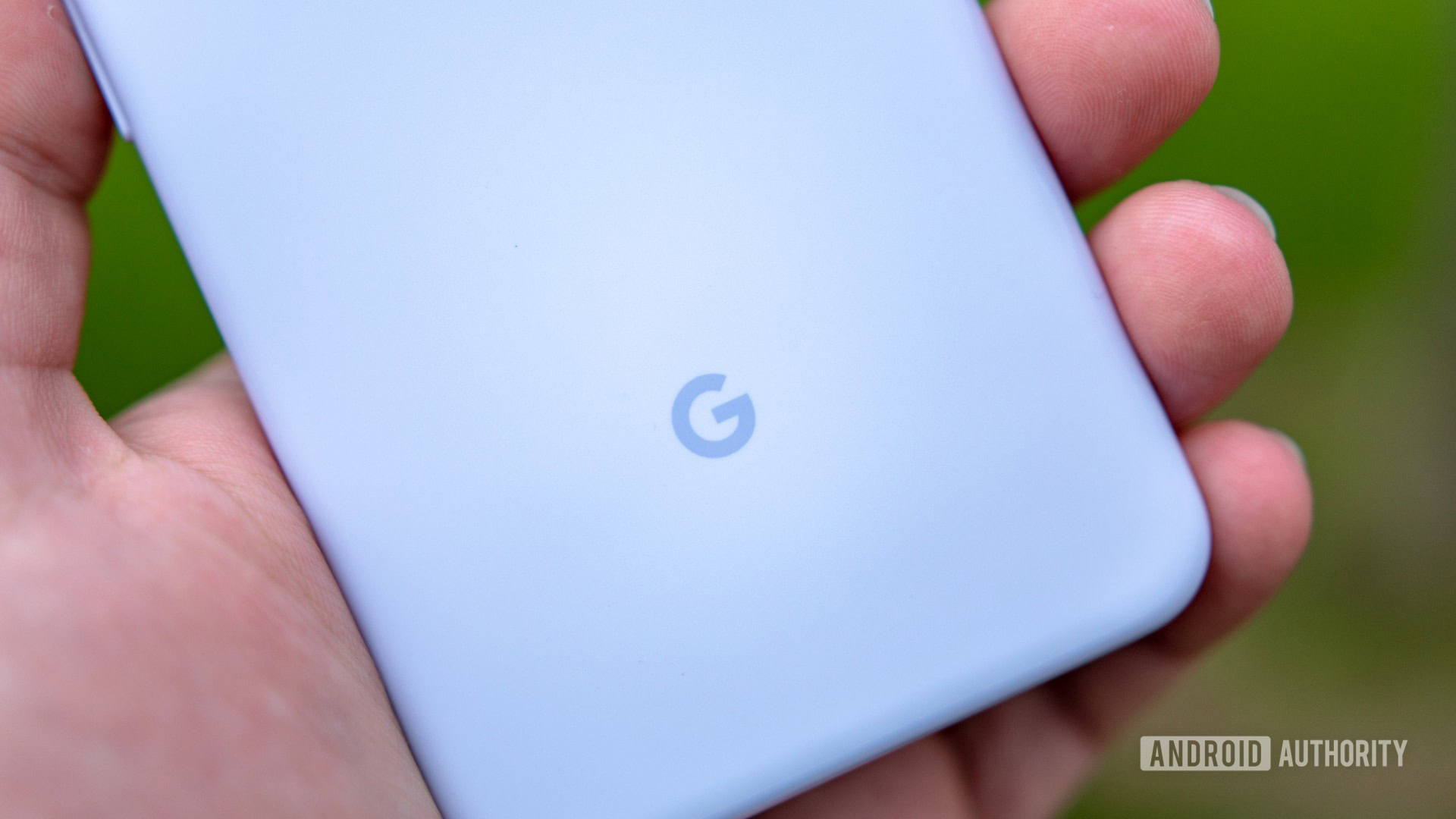
You’ve probably learned everything you’ve ever wanted to know about Google hardware already. However, there are still a few miscellaneous things we want to make sure you know about!
- Support: You’d think a company as rich as Google would have exemplary customer support for its hardware. Unfortunately, many buyers would disagree. A quick perusal of Google-related subreddits or the company’s own official forums will show you case after case of people very upset with its poor service. If you are thinking about buying Google hardware, keep this trend in mind and consider a third-party reseller.
- Feature drops: It used to be that Google would issue updates to its Pixel phones each month. While the company still delivers the latest Android security patch at the beginning of every month, it no longer delivers monthly feature updates. Instead, it has “feature drops,” which happen quarterly. All this means is that every three months, your Pixel phone will receive a huge update with multiple new features and/or updates.
- New products: You’ve probably figured this out already, but we wanted to make sure it’s clear: Google is selling many products that are years old. The Home Max is a first-generation product, and the only one available in its class, for example. As such, if you buy a “new” Home Max, you’re actually buying a pretty old model. It’s very helpful to consult product reviews of the company’s hardware before you buy so you can determine when the product actually launched.
- Early adoption: One of the more disappointing Google hardware trends is the company “punishing” early adopters. For example, when pre-orders opened for the Pixel 4, it was for the full cost of the phone. However, only weeks later, the company offered the phones with hundreds of dollars slashed from the price. It did the same thing with the Pixel 3 launch. As such, it’s almost more beneficial to wait to buy a Google hardware product than it is to pre-order or buy on day one.
- Global availability: Google also has a poor track record of launching its devices — especially its smartphones — all around the world. The Pixel 5 and Pixel 4a 5G never landed in India, for example. Google will also stagger phone releases. For example, the Pixel 4a launched in August here in the US but didn’t hit India or the UK until October. It gets very confusing (not to mention frustrating).
Frequently asked questions about Google hardware
Over the past few years, bad press has really changed Google’s approach to privacy. It’s now easier than ever to access all your data, stop the company from tracking certain aspects of your life, or even delete your data entirely. Many hardware products also have privacy features built-in. The Nest Mini, for example, has a simple hardware switch that turns off the microphone entirely whenever you want it off.
Most Google hardware products come with the usual one-year warranty against factory defects. You can buy third-party insurance on the company’s hardware that will extend that time limit, but the company itself does not offer those programs.
Google used to offer everyone unlimited free cloud storage for photos and videos through Google Photos. However, that policy ended in June 2021. Now, you must pay for Google One storage for all your backed-up photos and videos. However, everything in Google Photos prior to June 2021 does not count towards your storage limit.
Technically, the company commits to three Android upgrades and five years of monthly security updates. However, this currently only applies to the Pixel 6 series, at least for now.
No. Since the two operating systems are different, there are many popular Windows programs that won’t be available on Chrome OS. However, Chromebooks have come a long way, and there are usually many different alternative programs available that work similarly to their Windows-based counterparts. If you are looking to buy a Chromebook and are worried about which programs you’ll need to leave behind, we advise checking out the Google Play Store for apps similar to what you need.
No. Google’s smart displays use a Fuchsia-based operating system, which is different from Android. Smart displays do not have access to the Google Play Store and have a limited selection of features.
No, Pixel Buds do not need to be paired with a Pixel phone. Granted, there are some features of Pixel Buds that will not be available to non-Pixel phones, but the basics will work on all Android phones.
